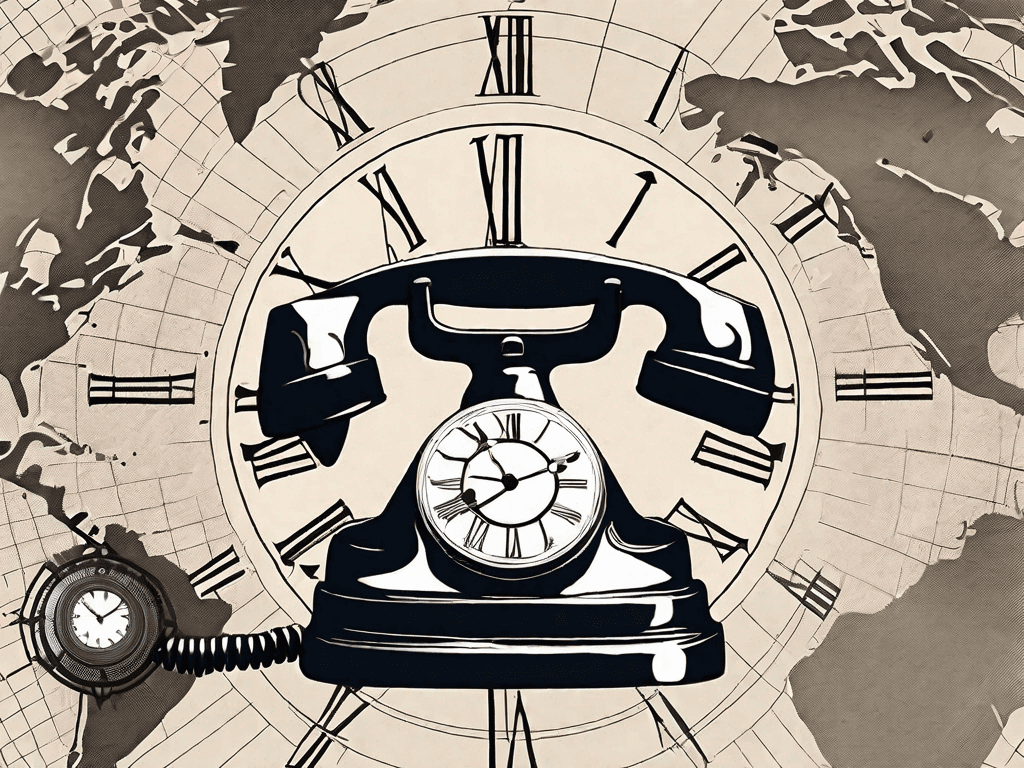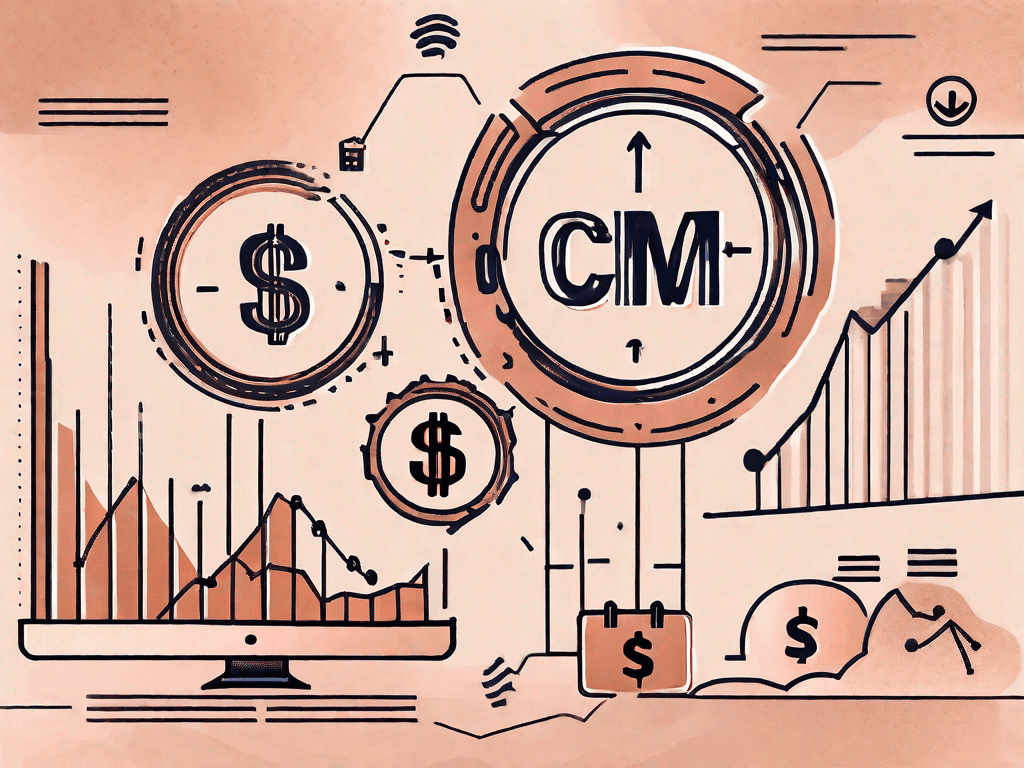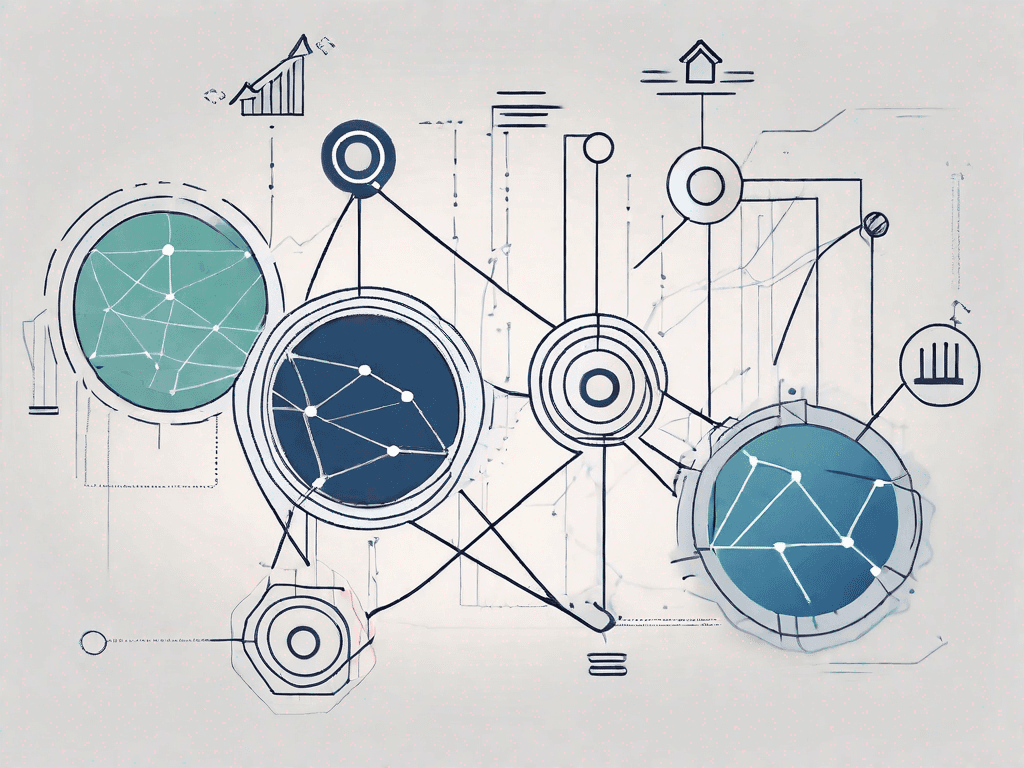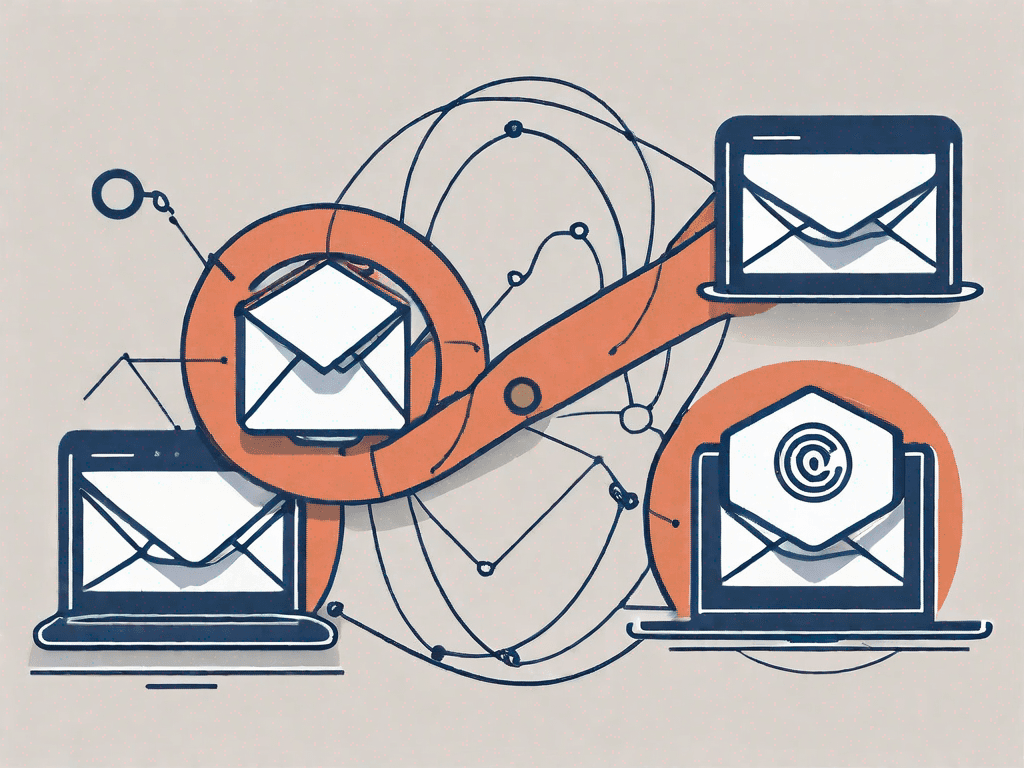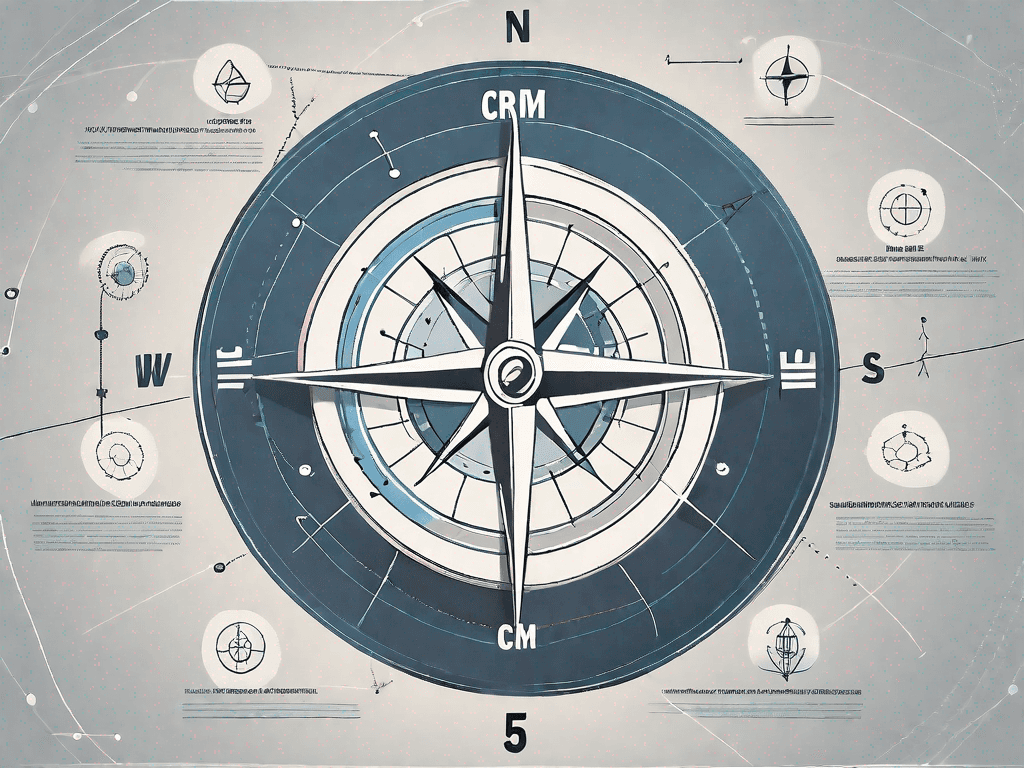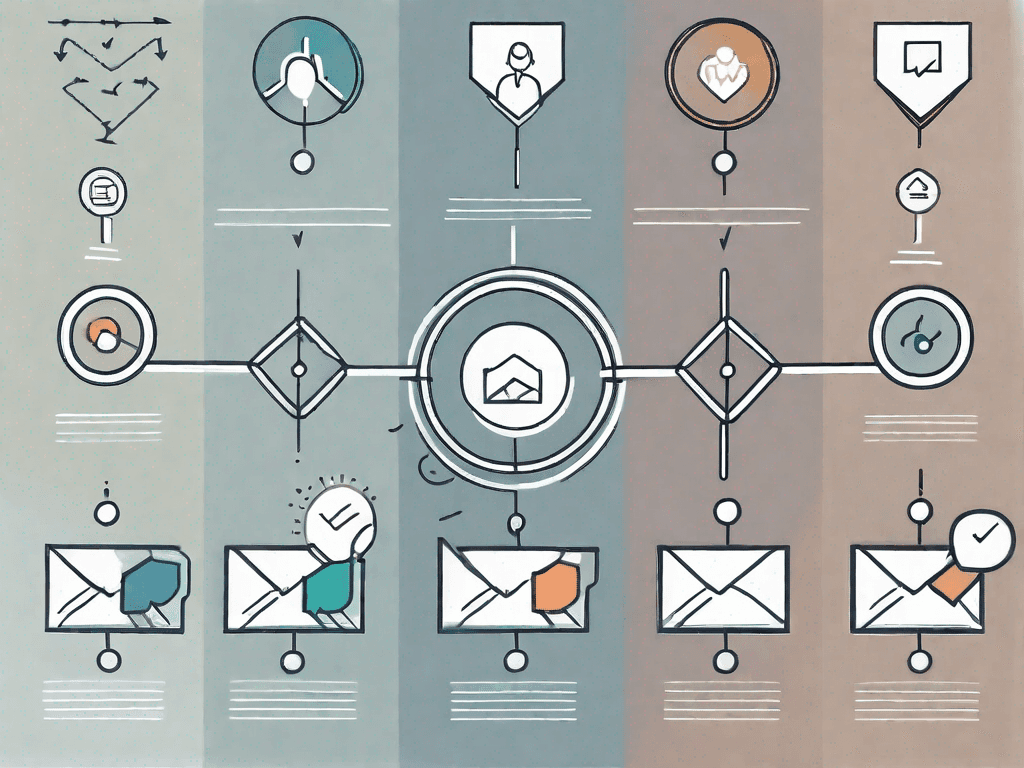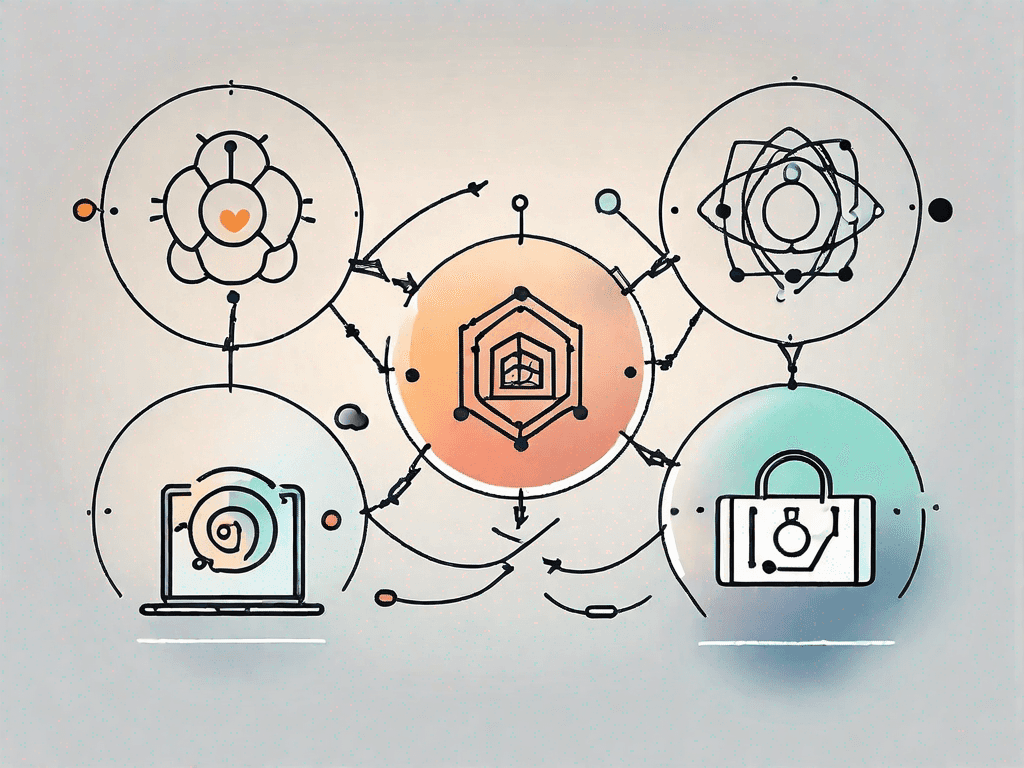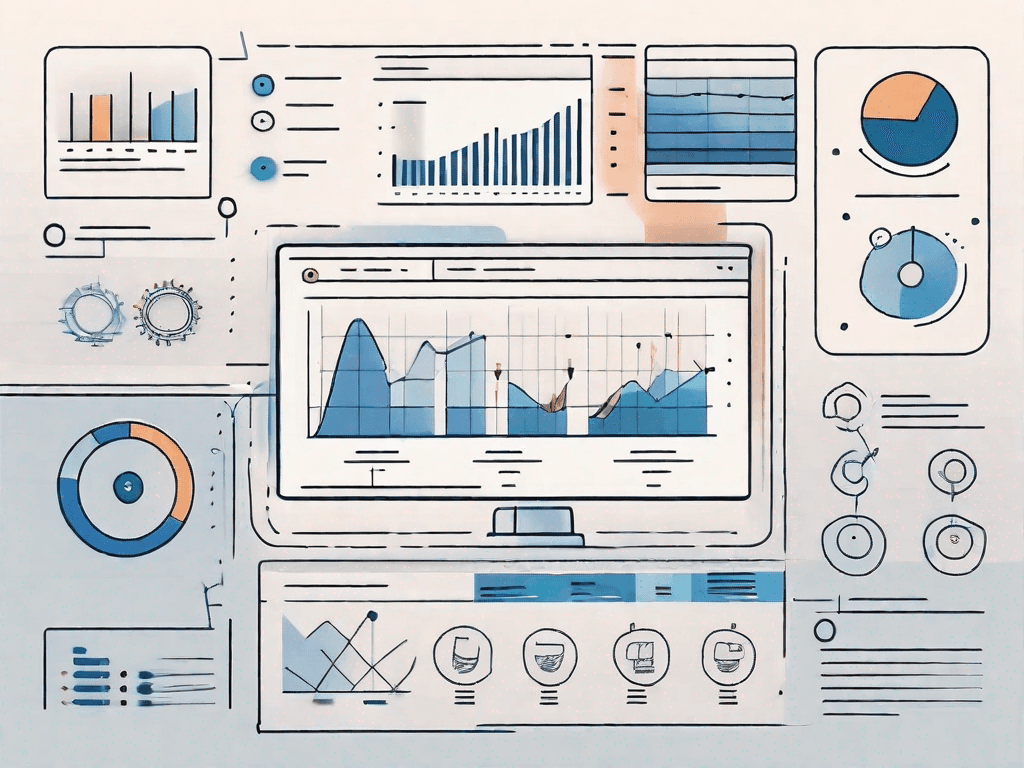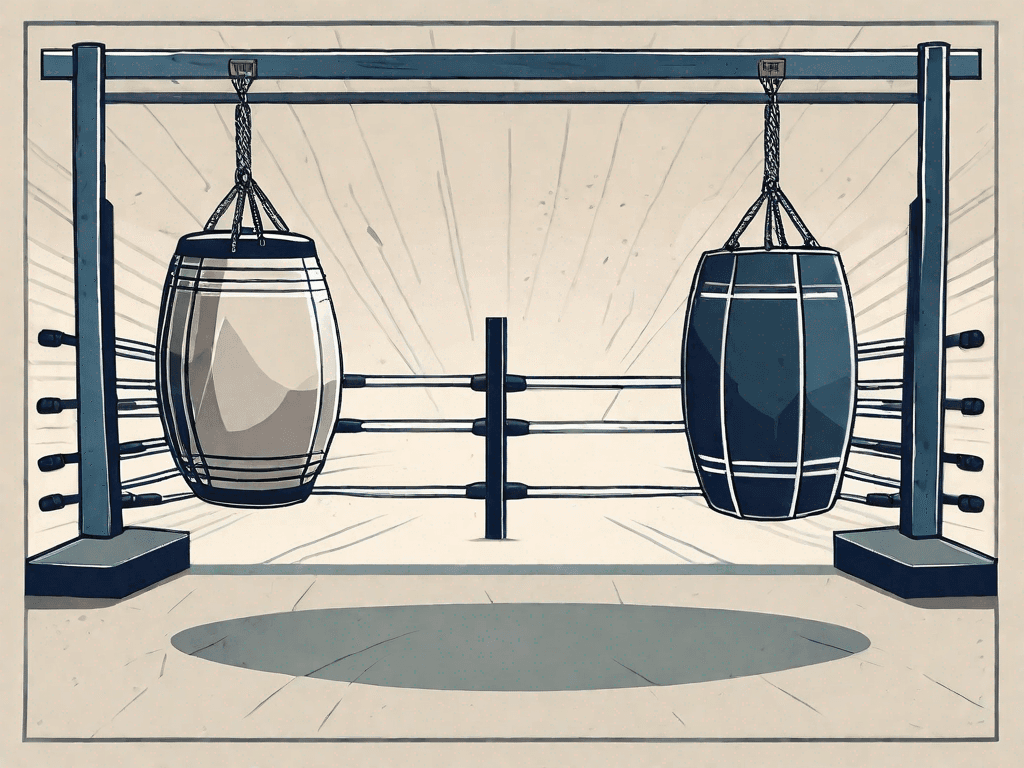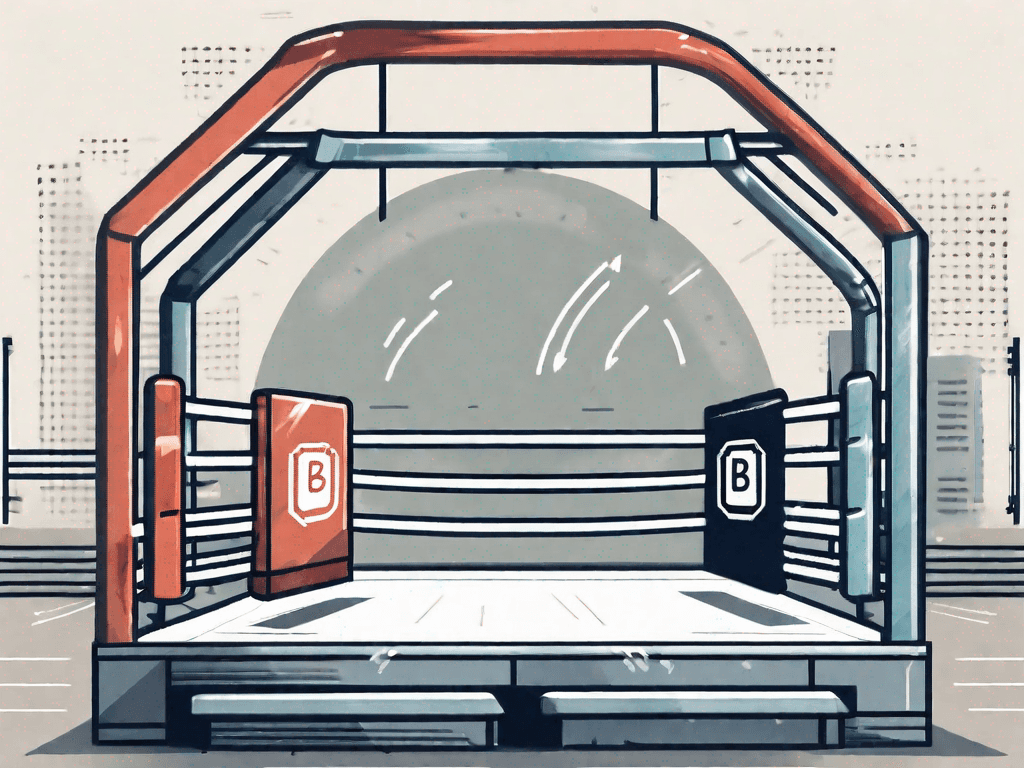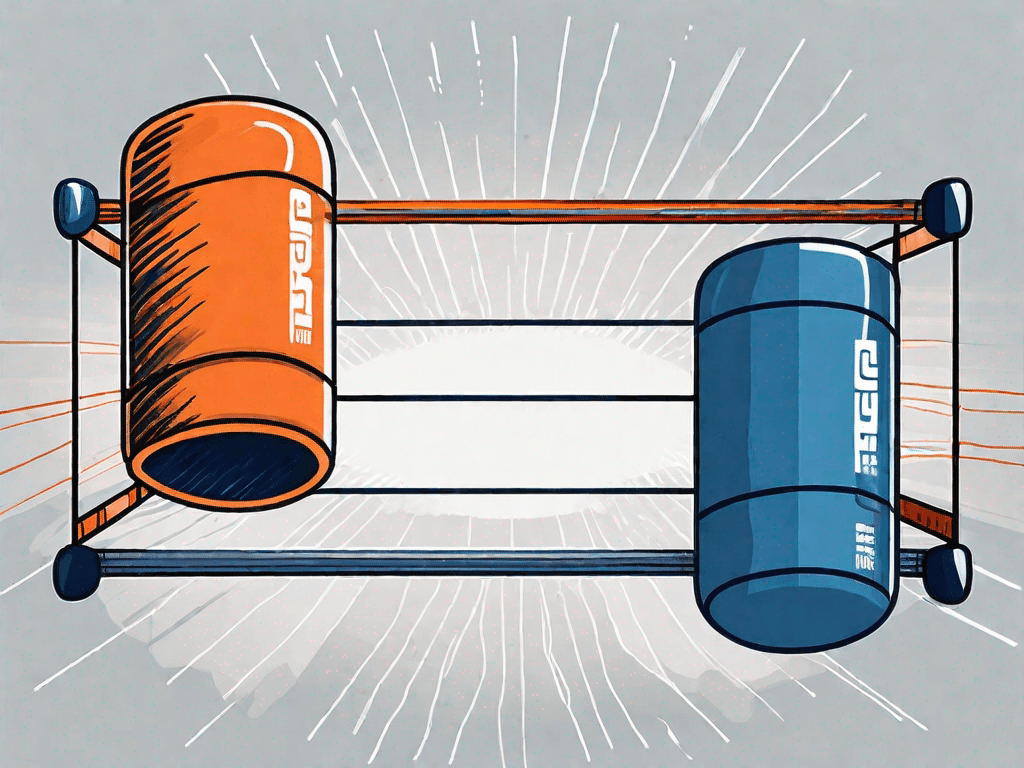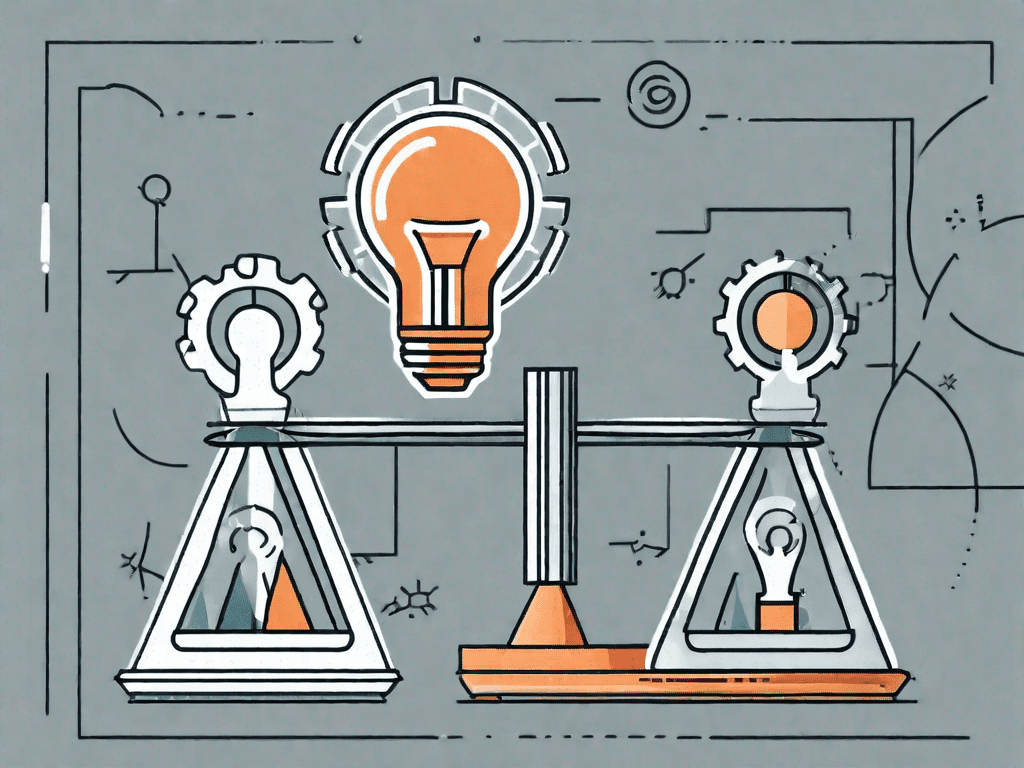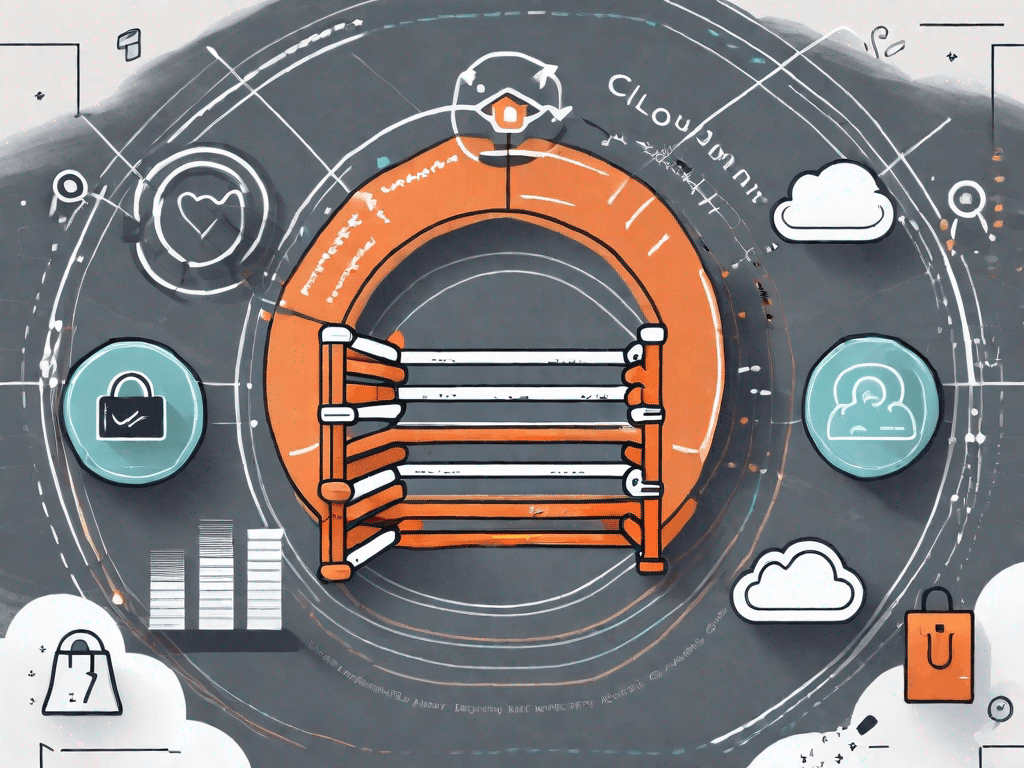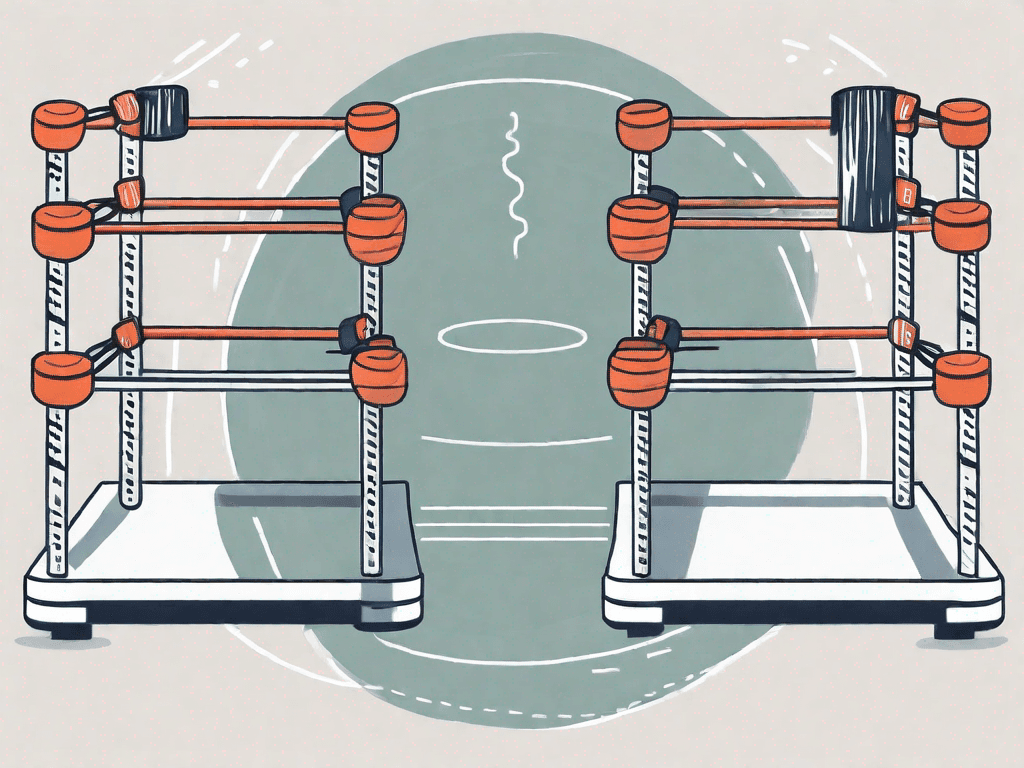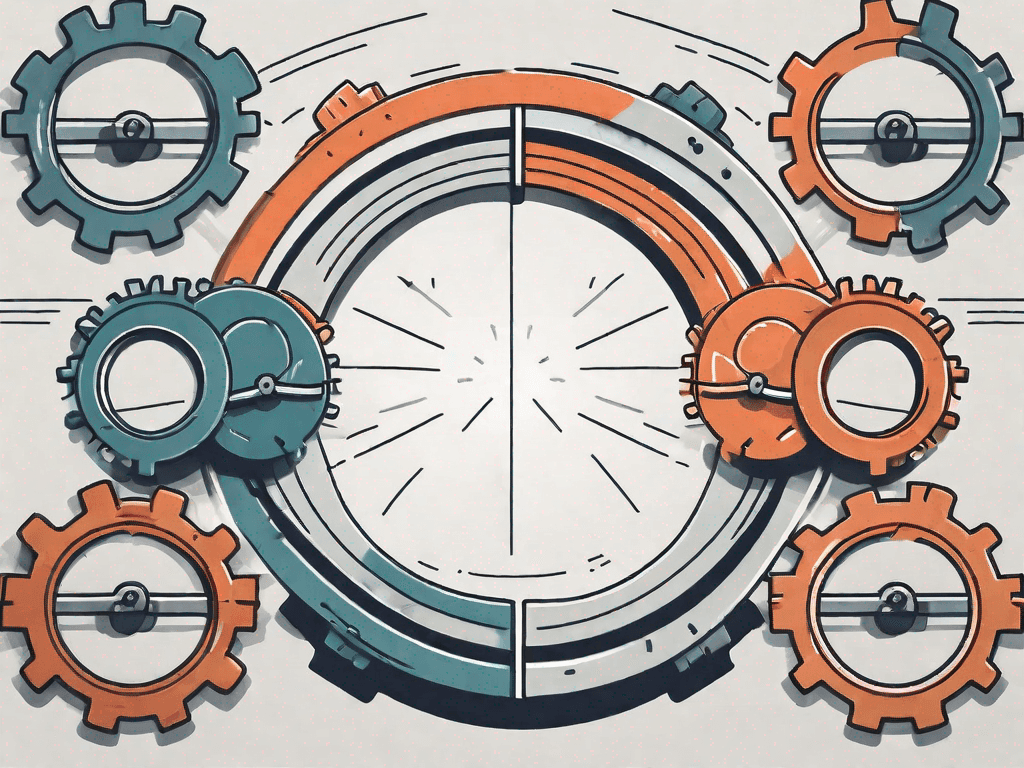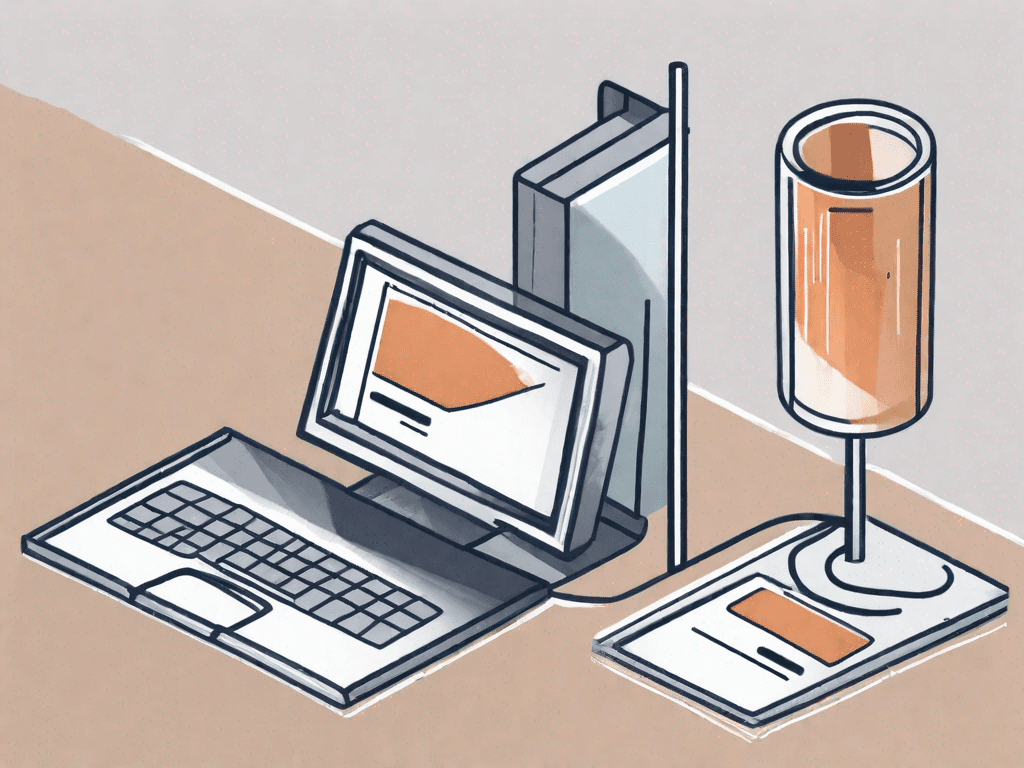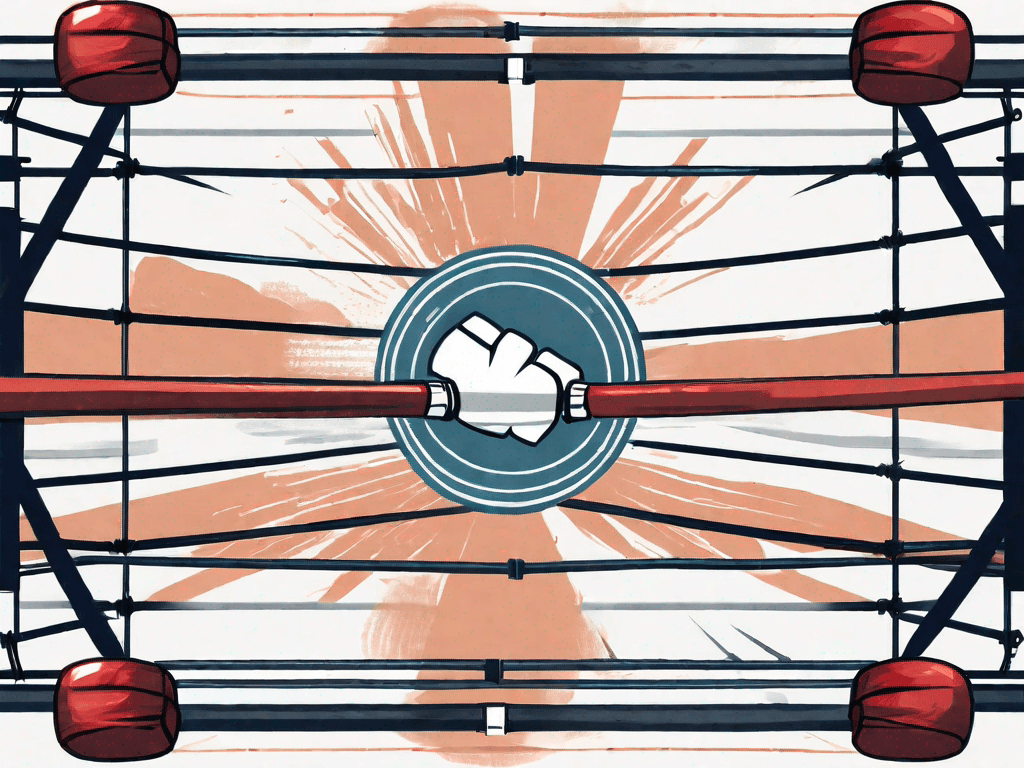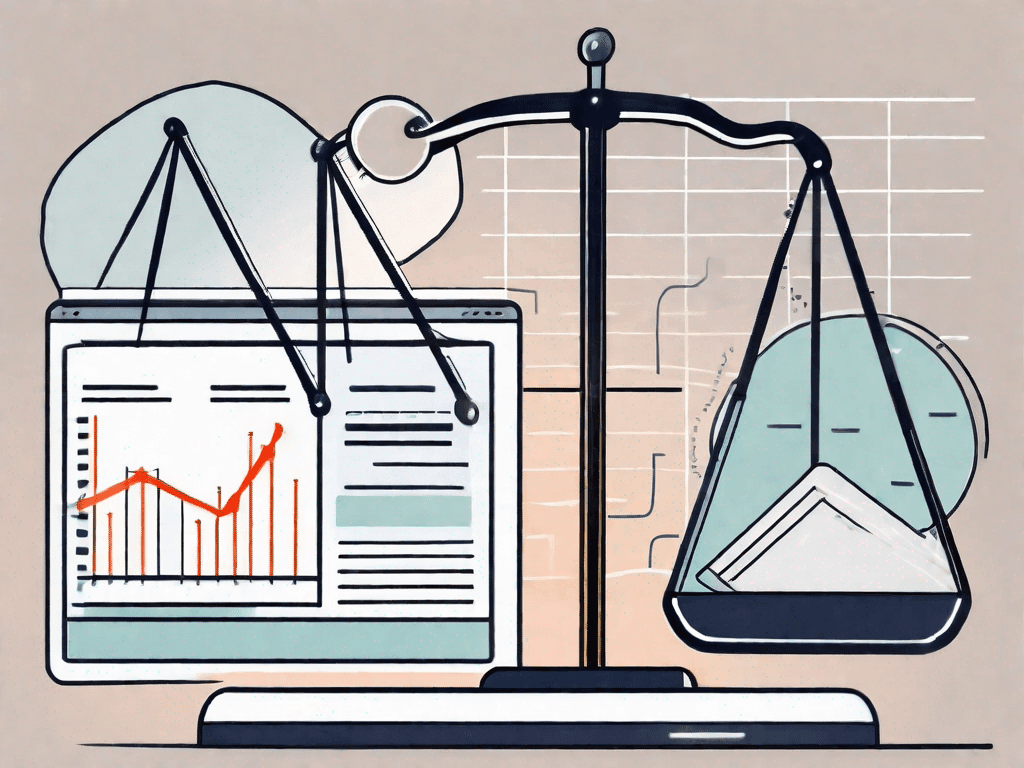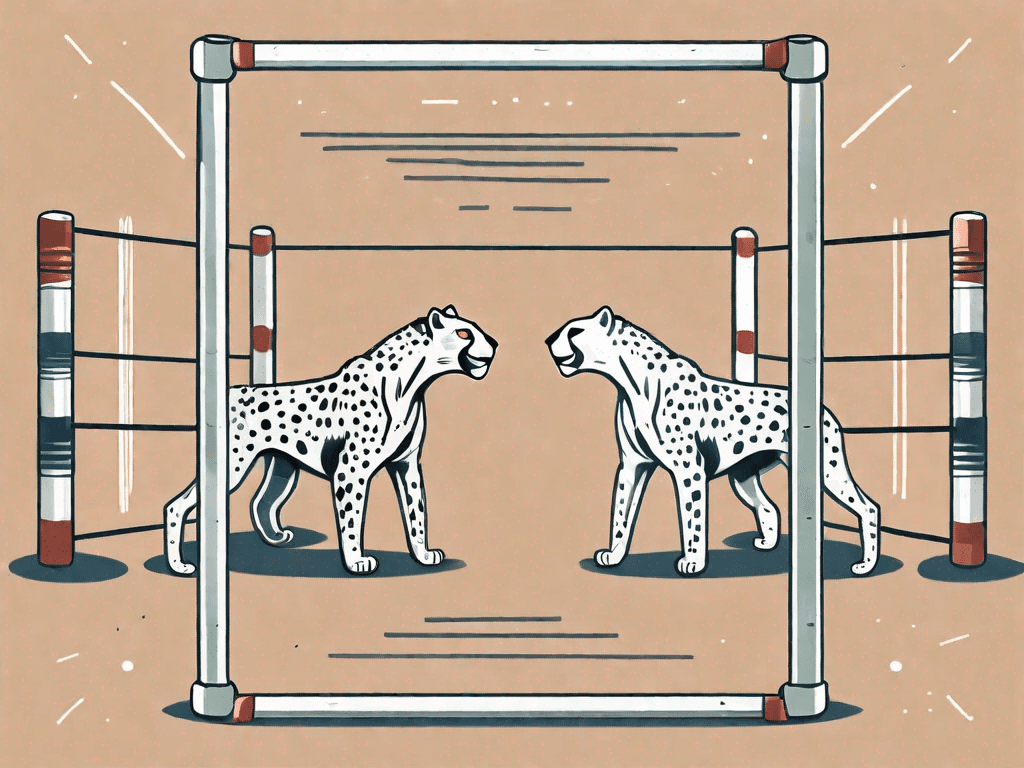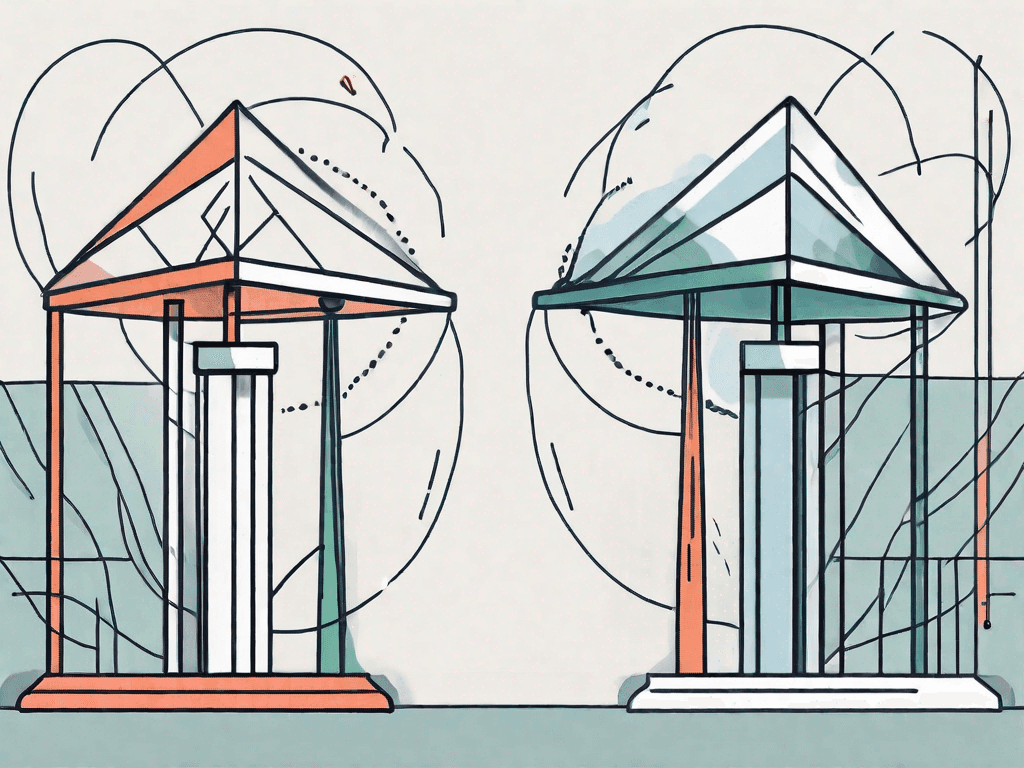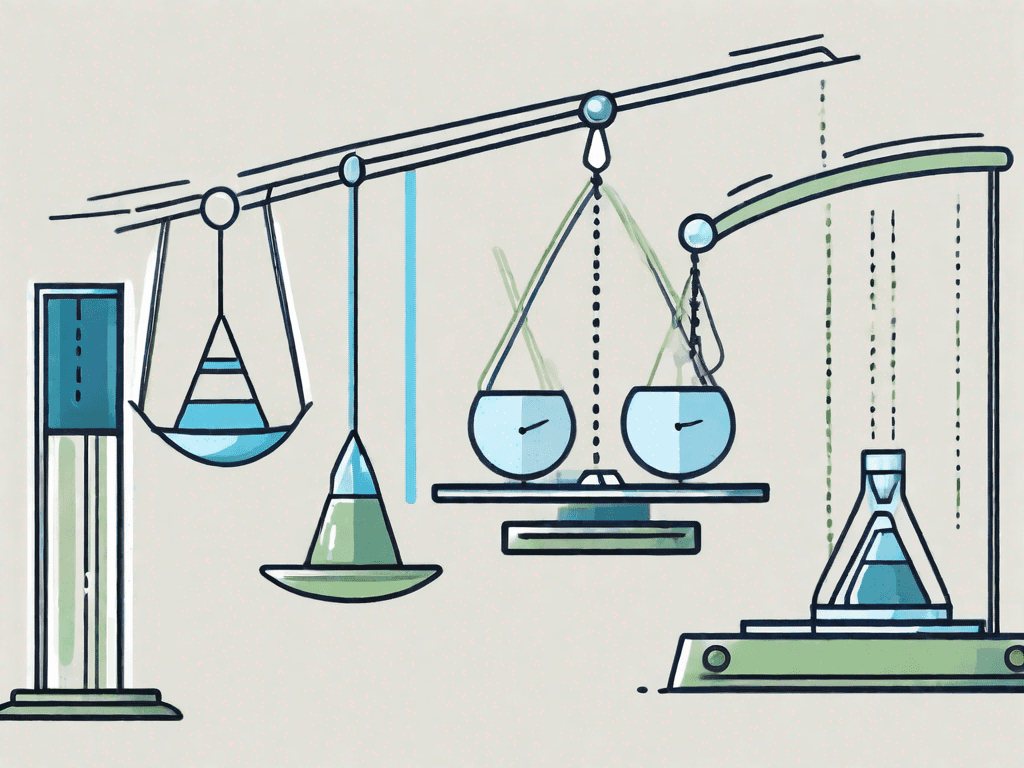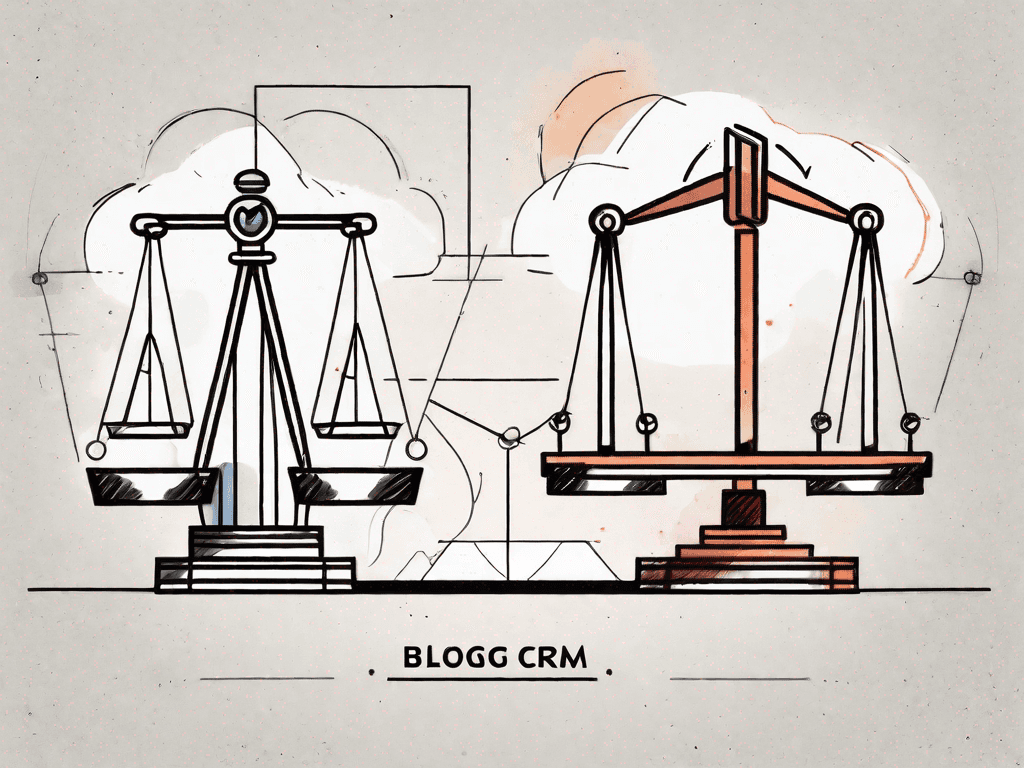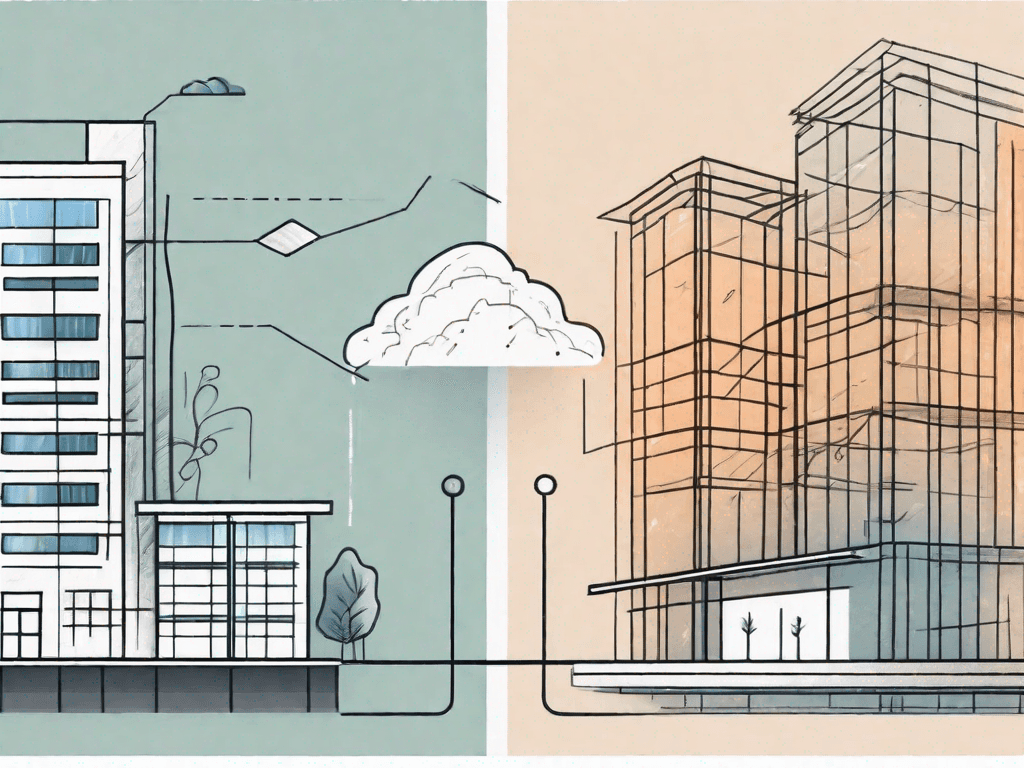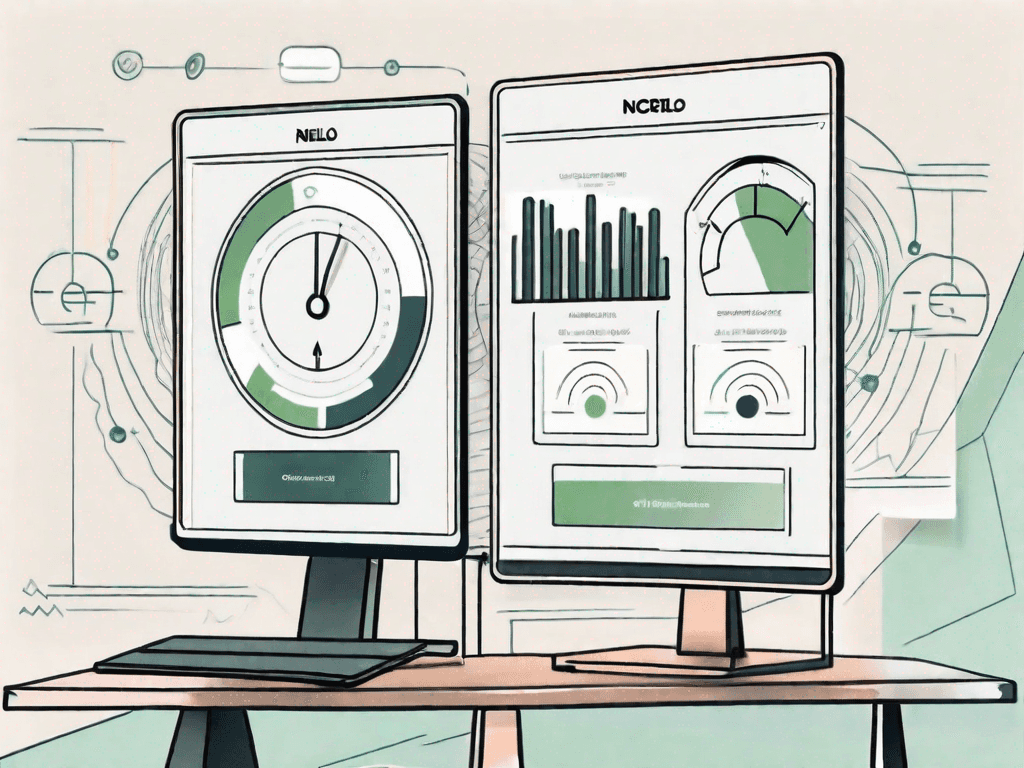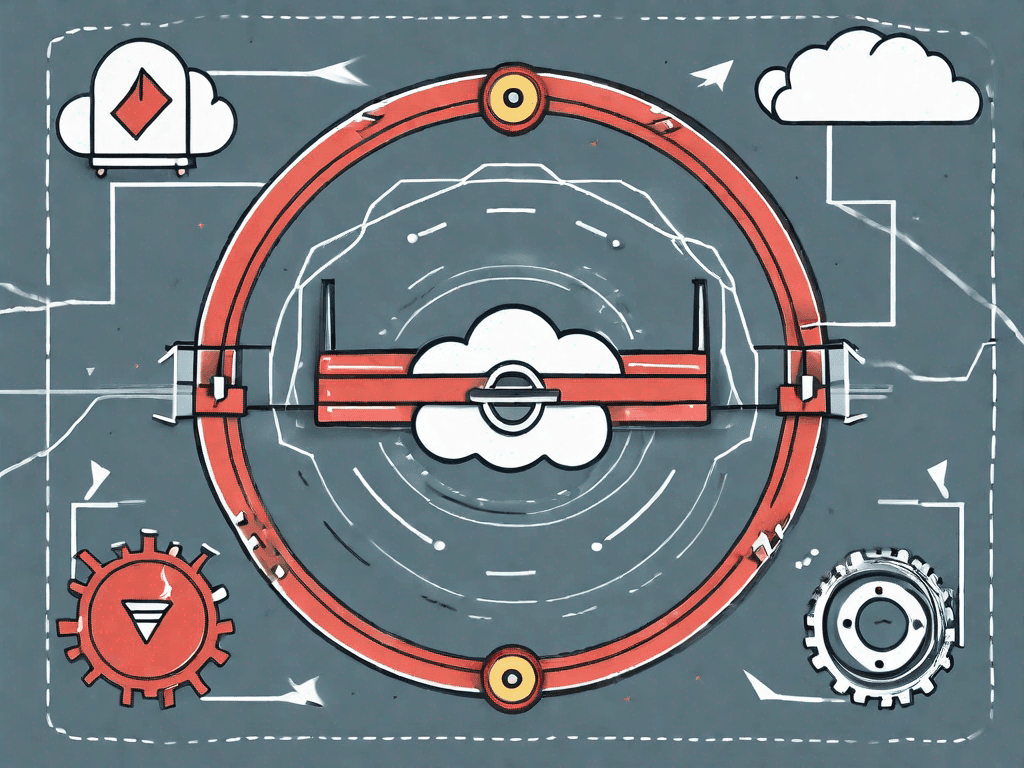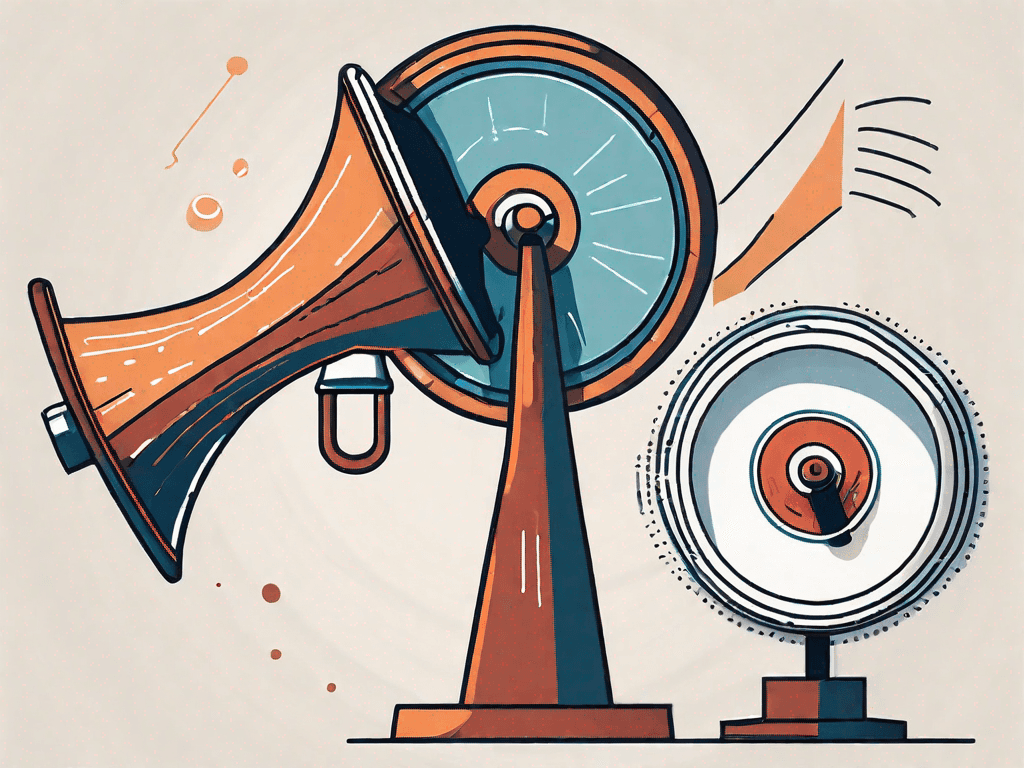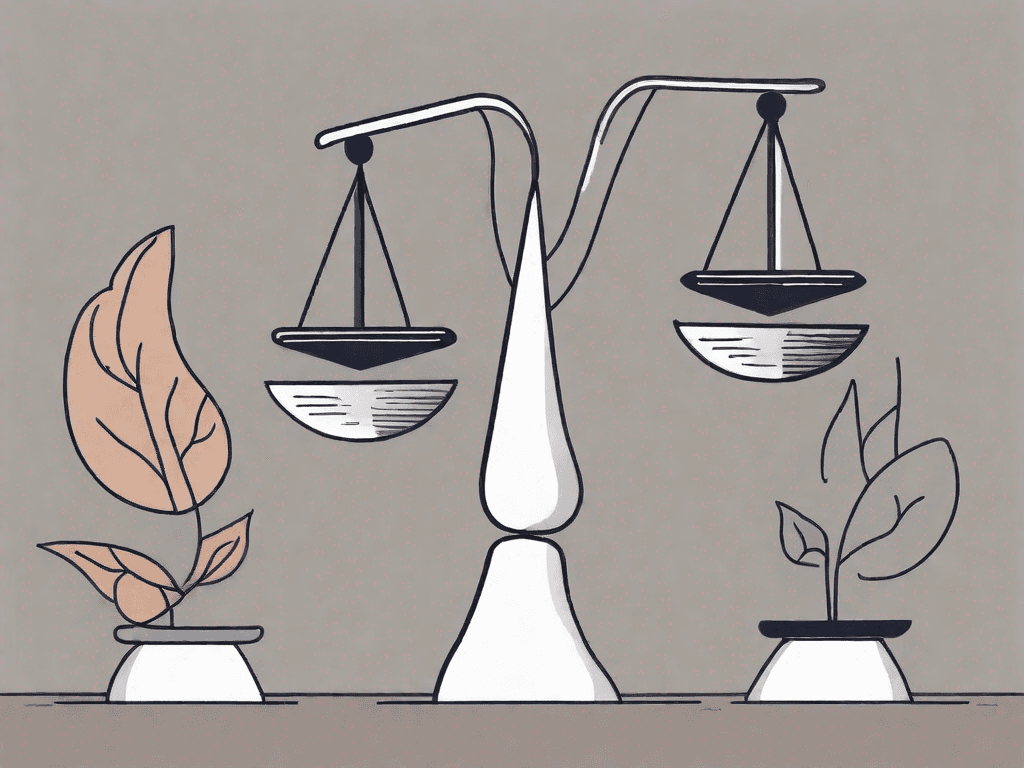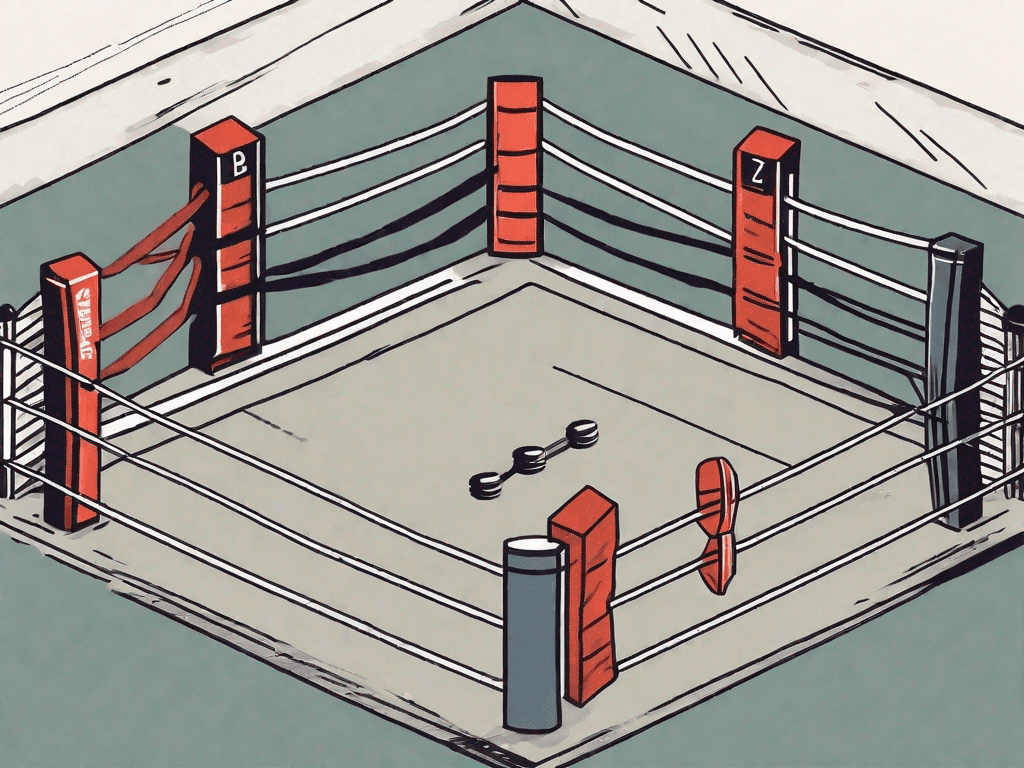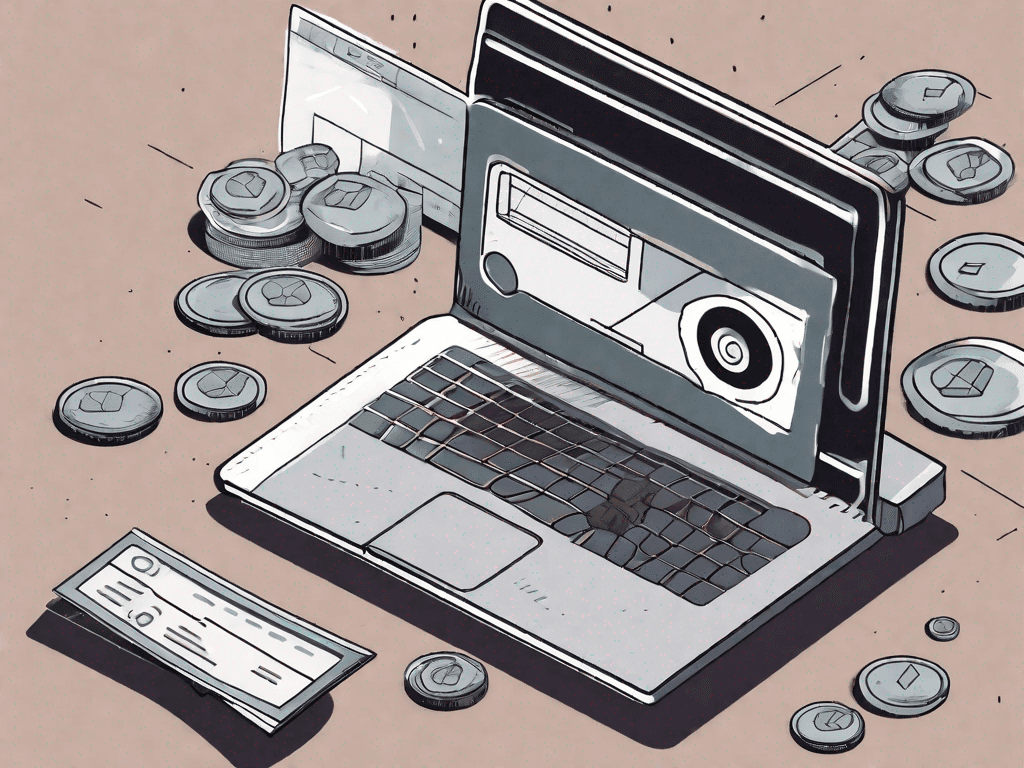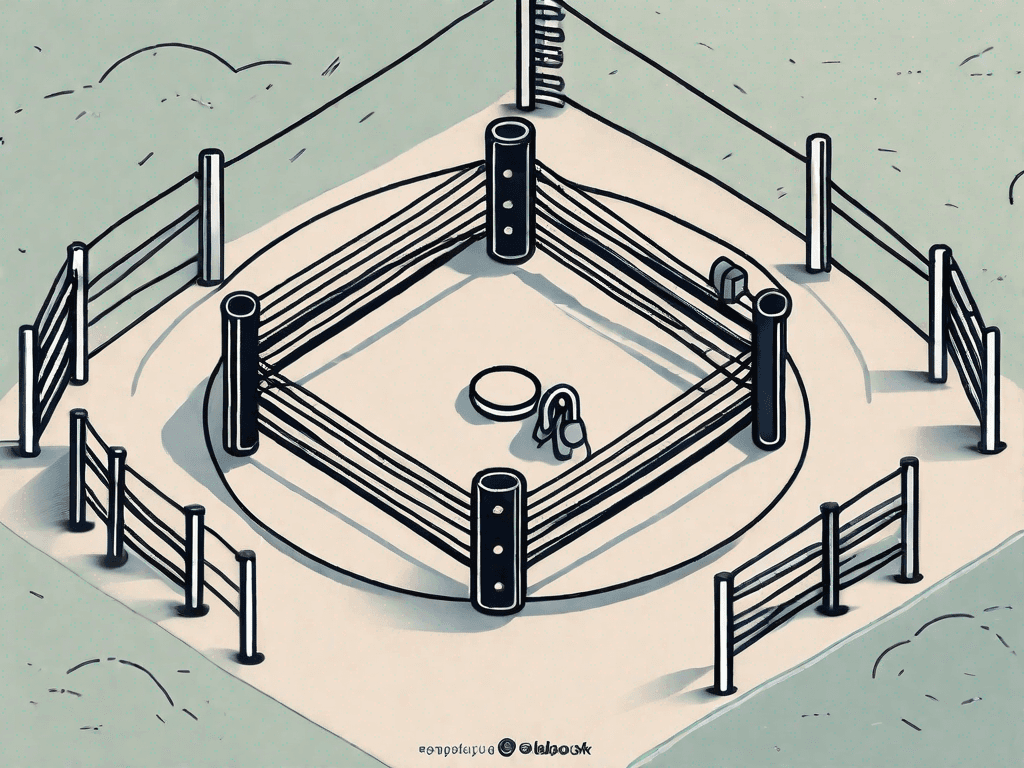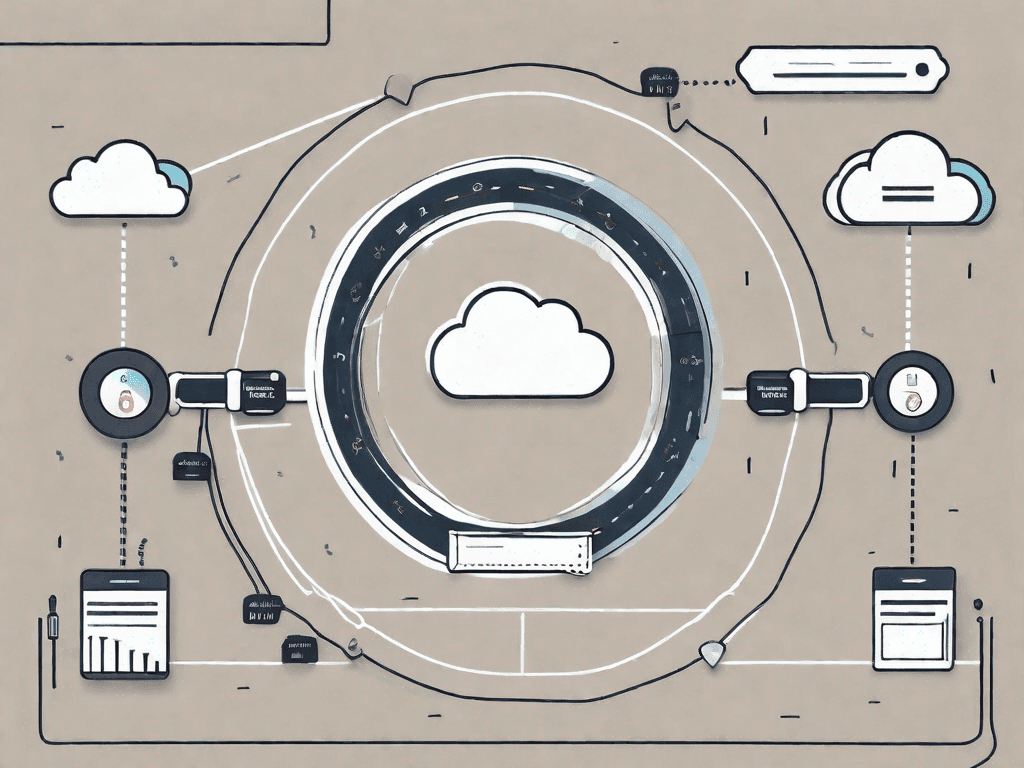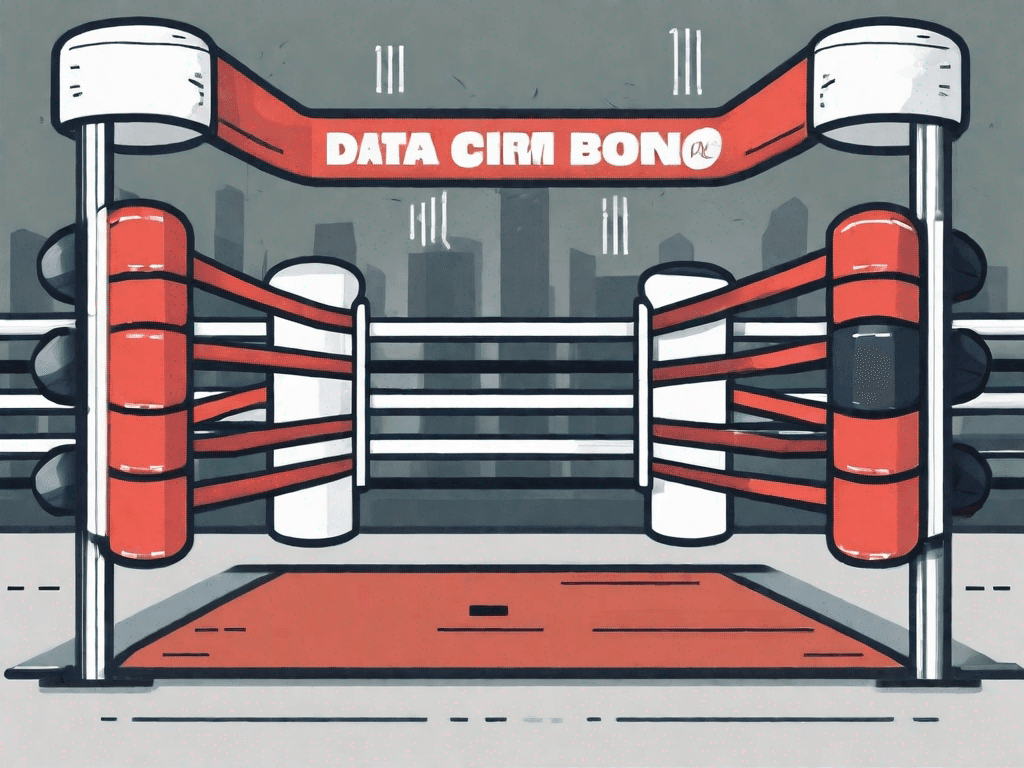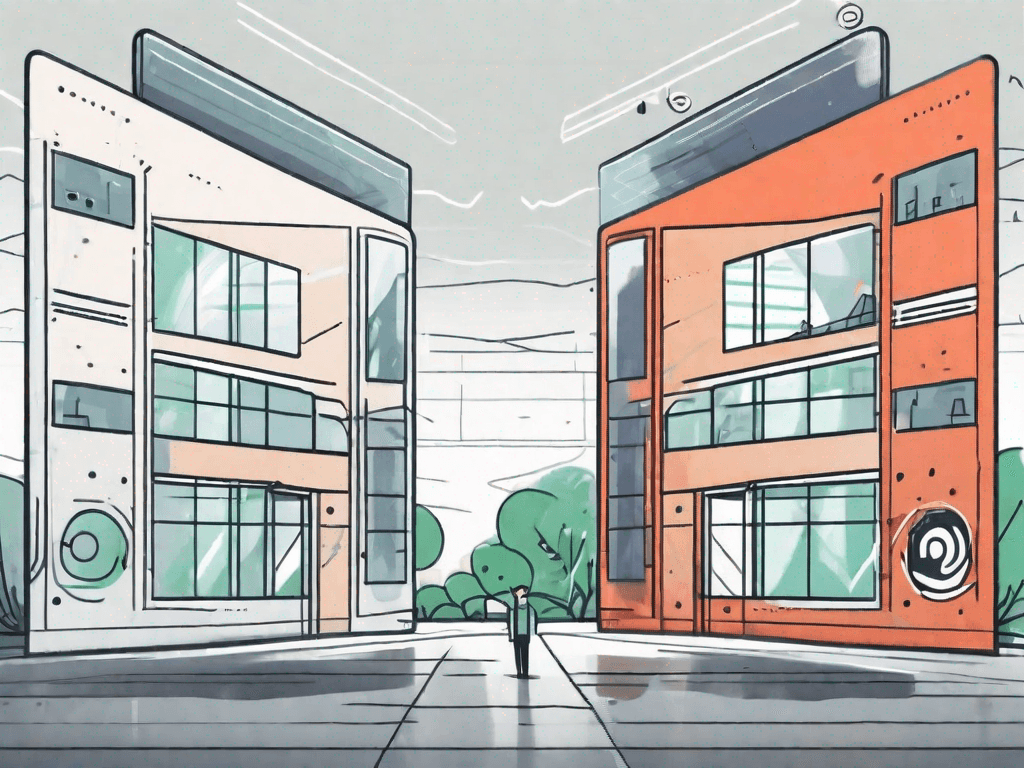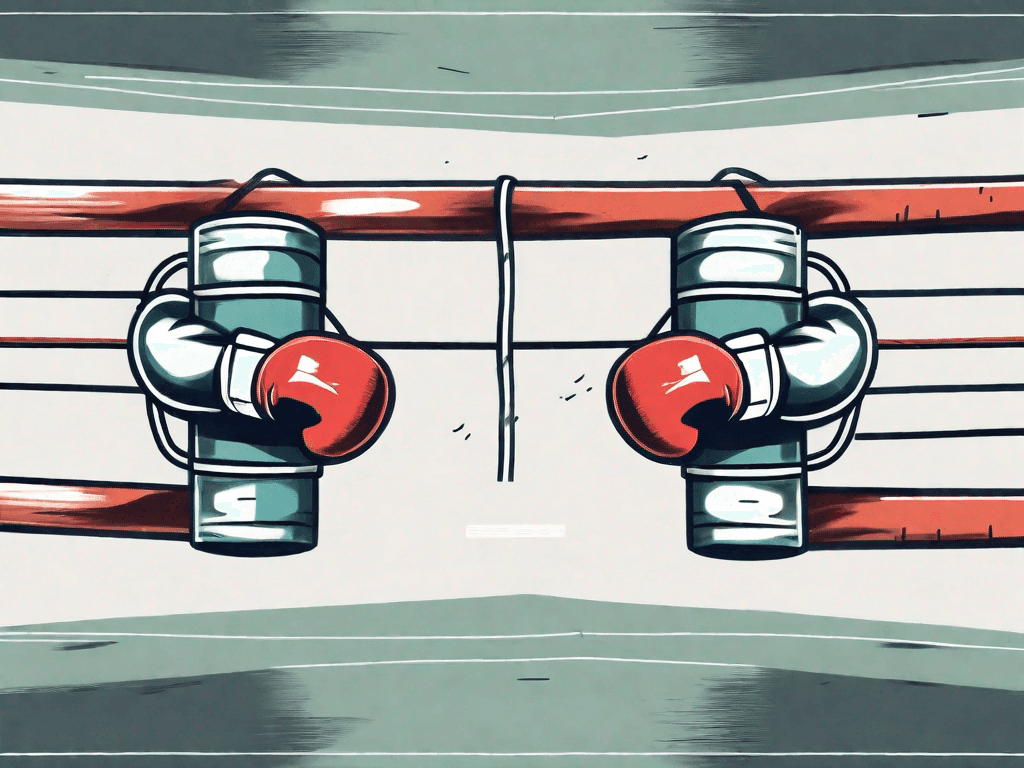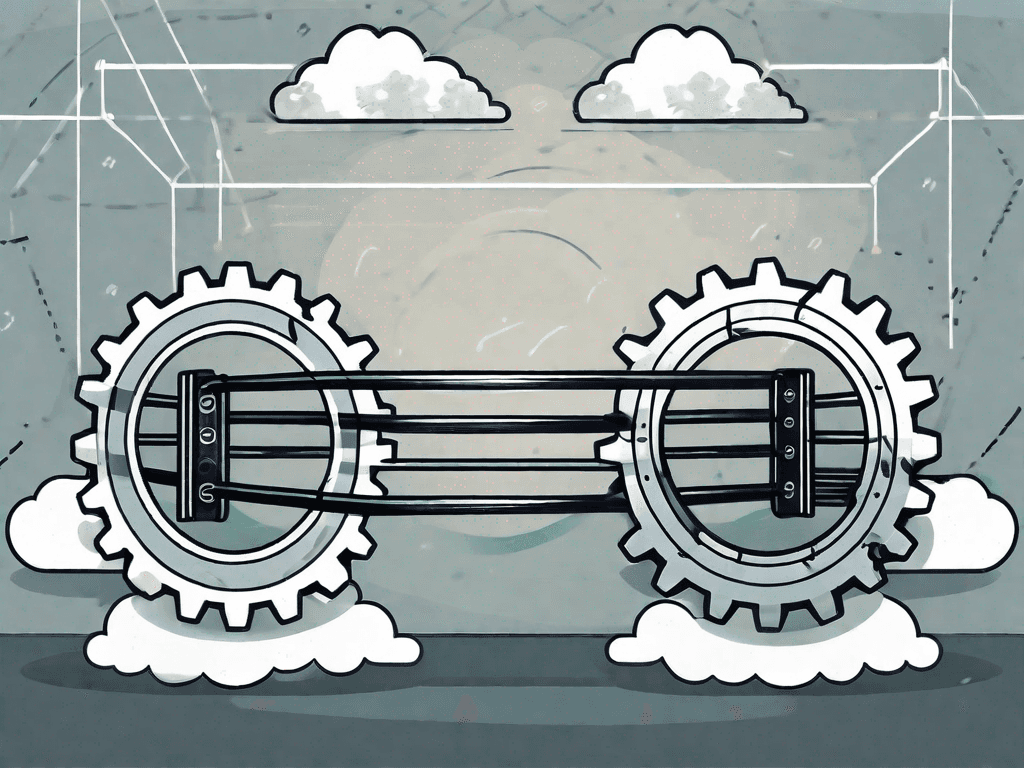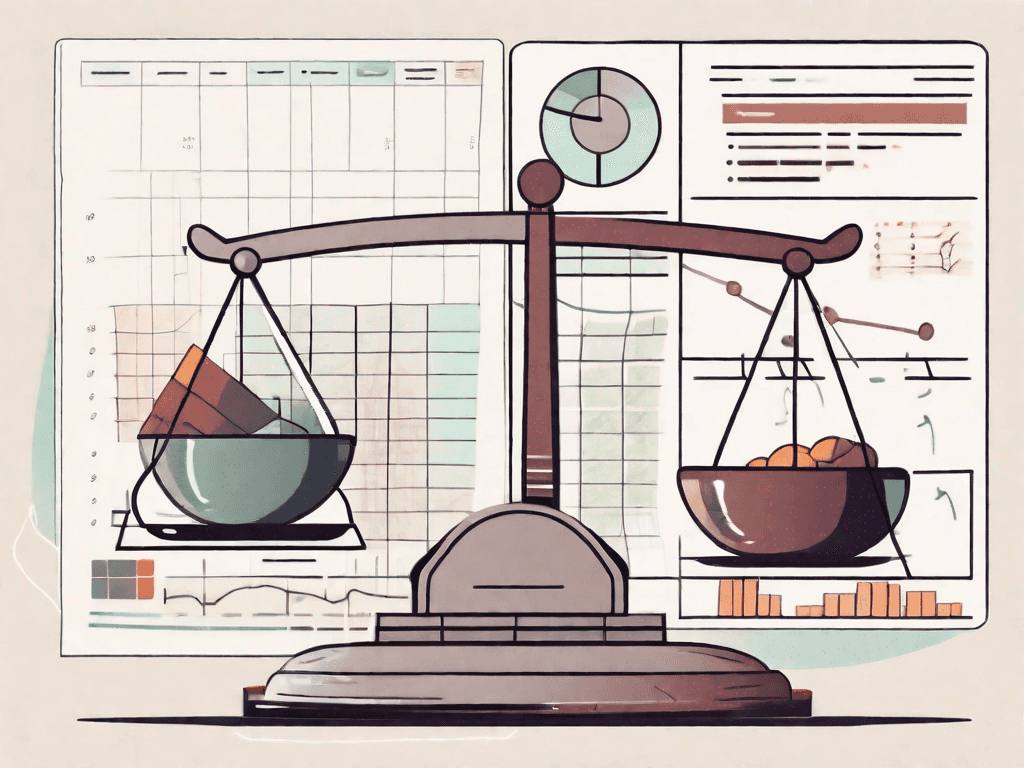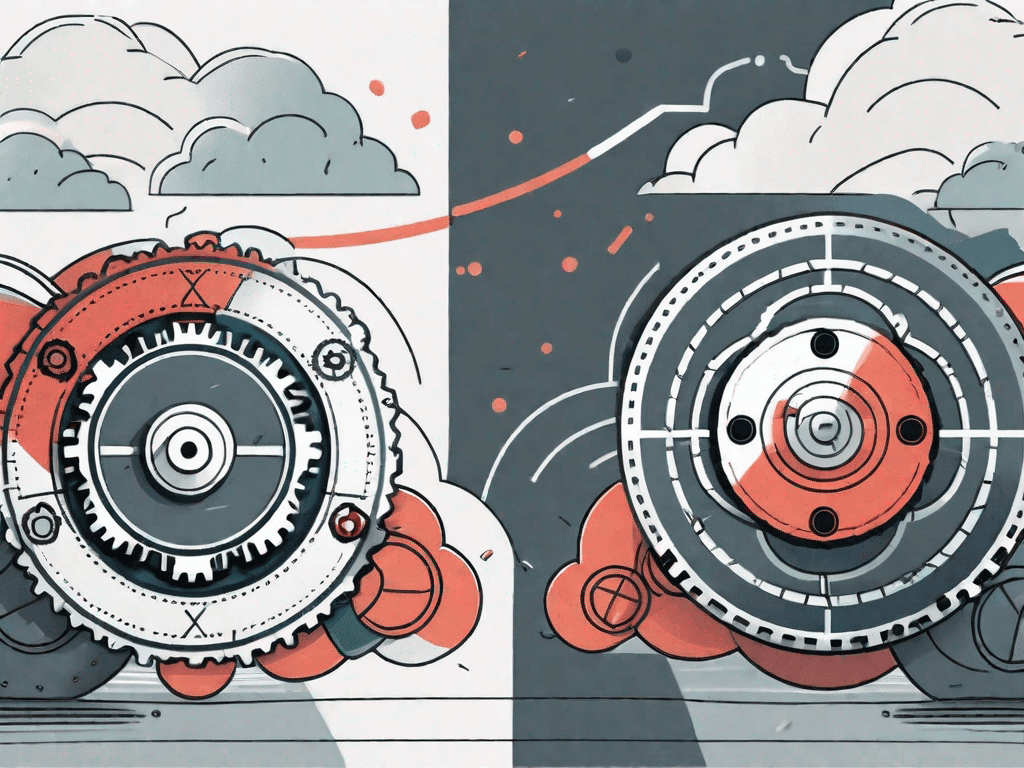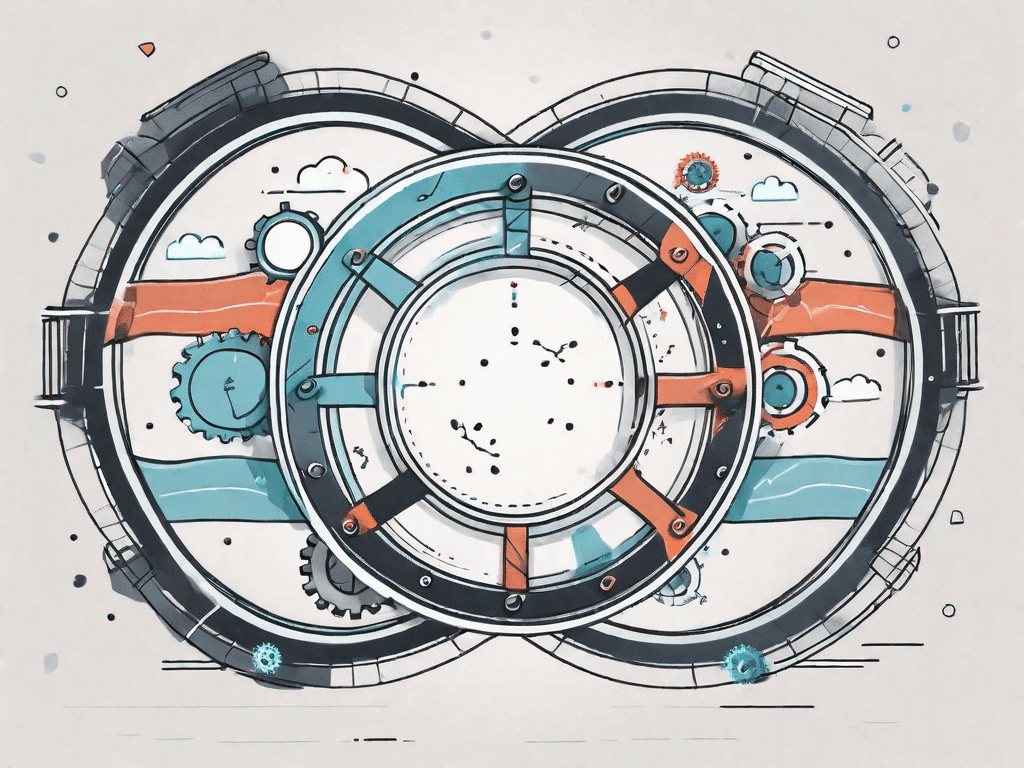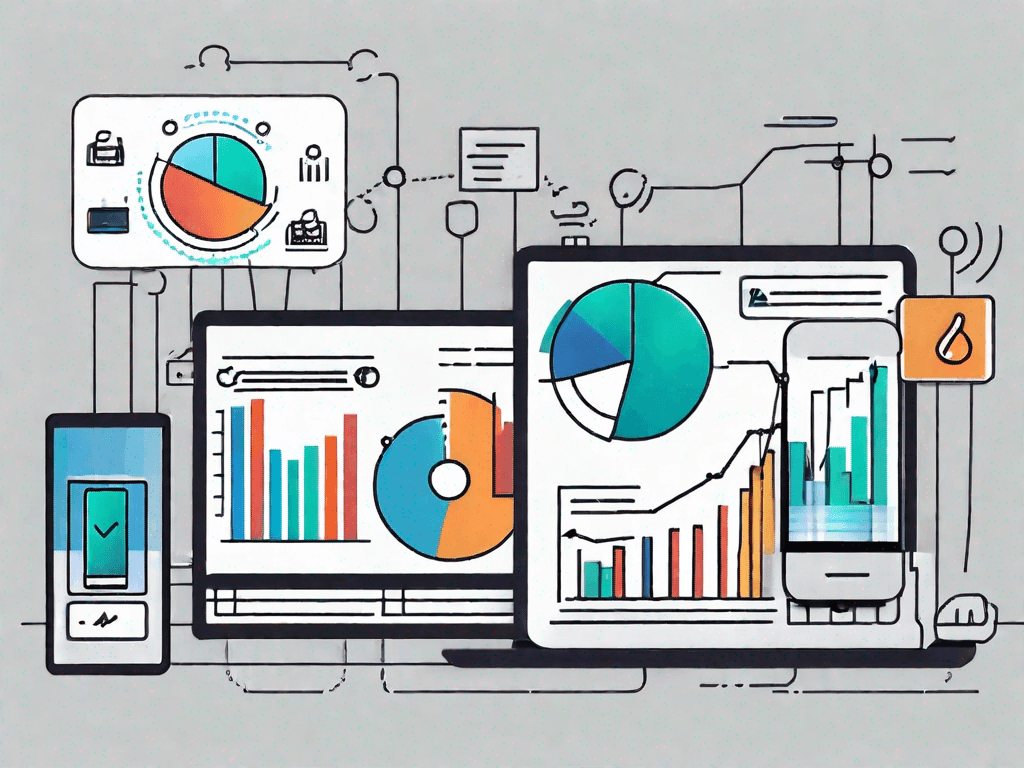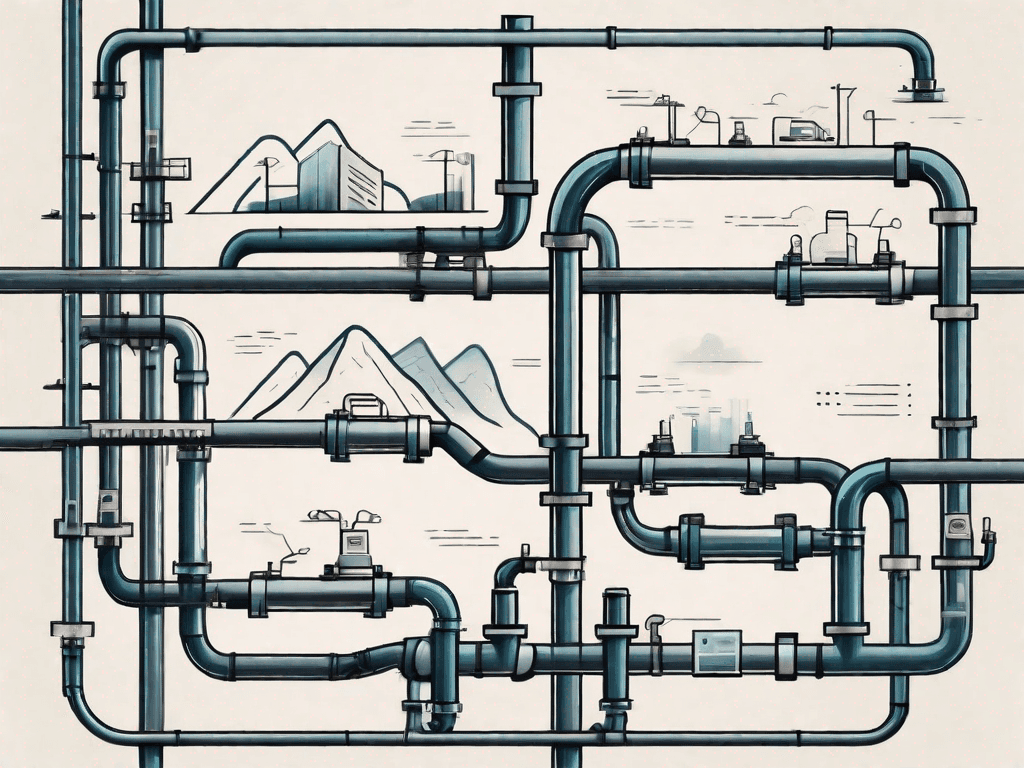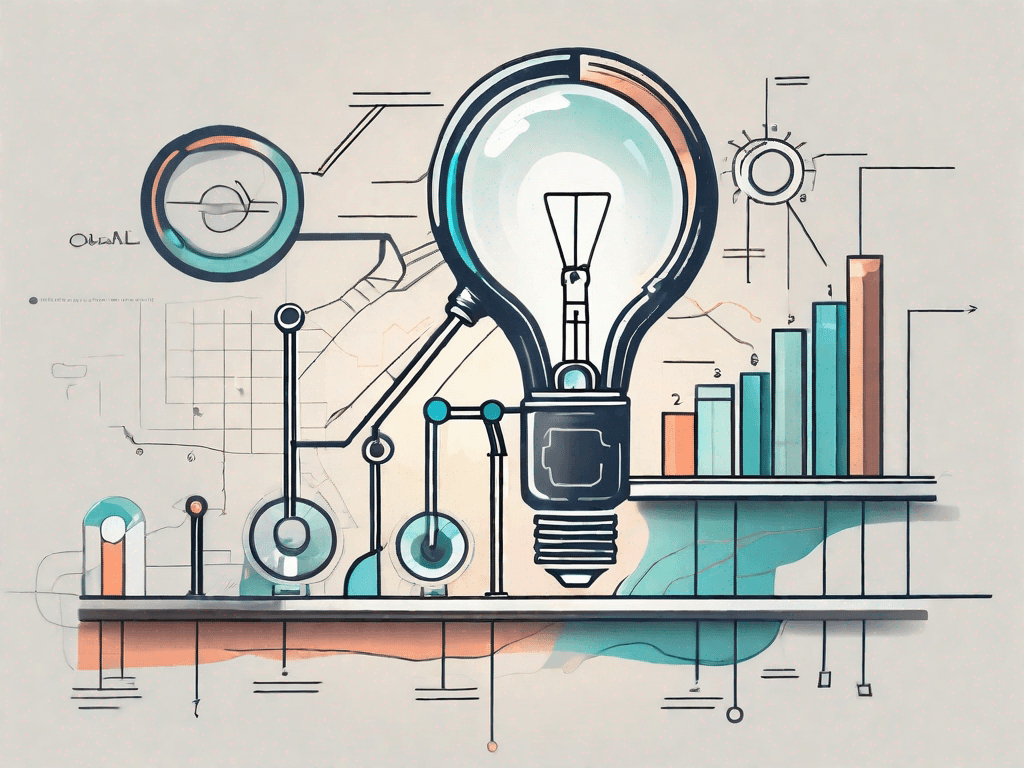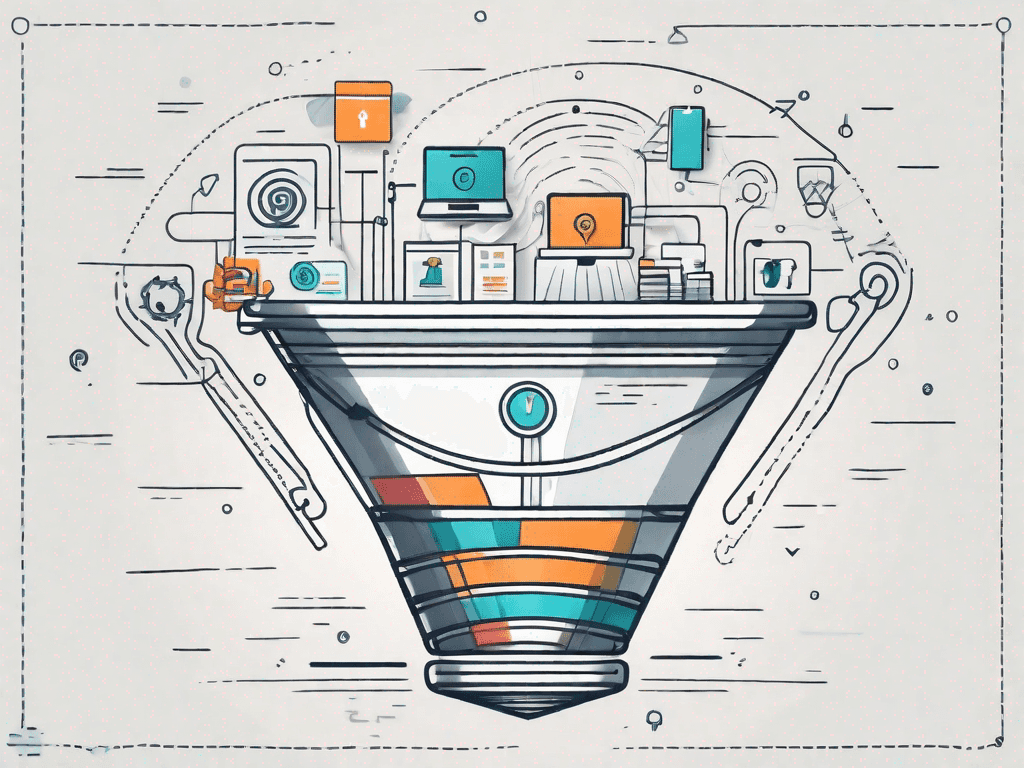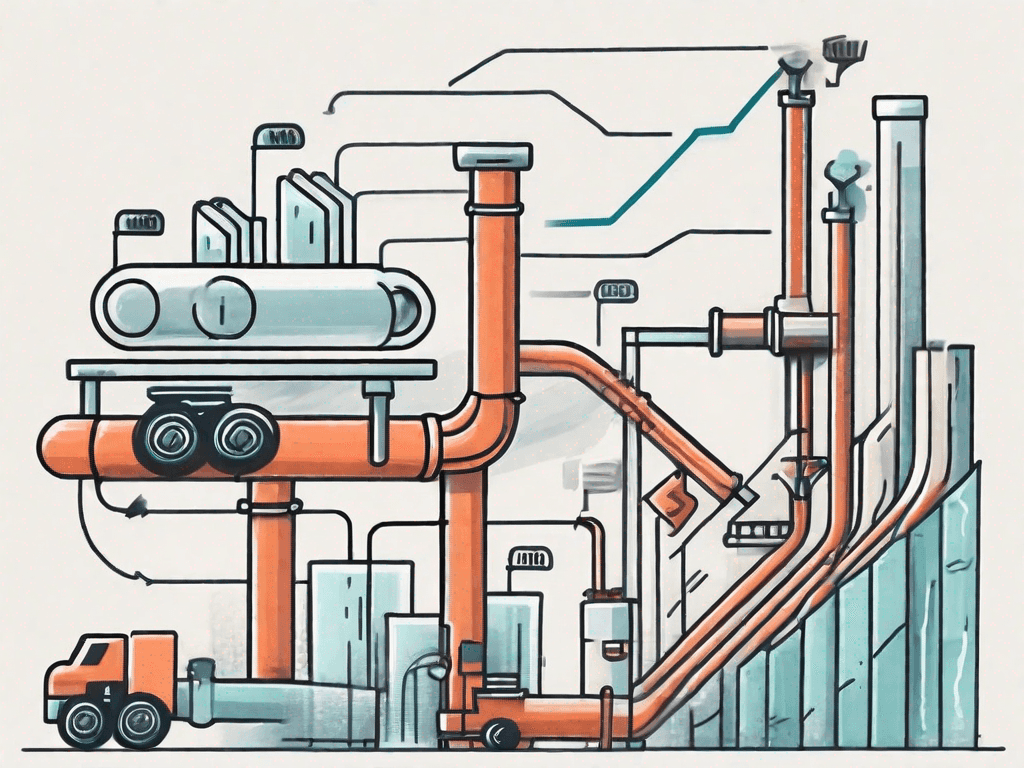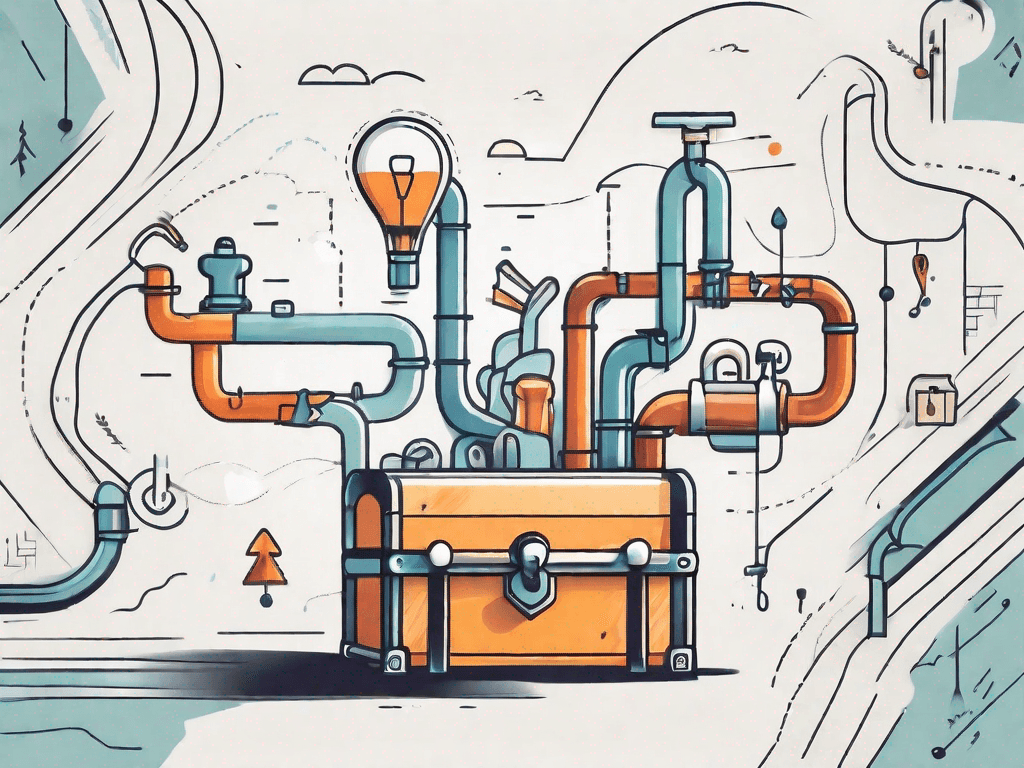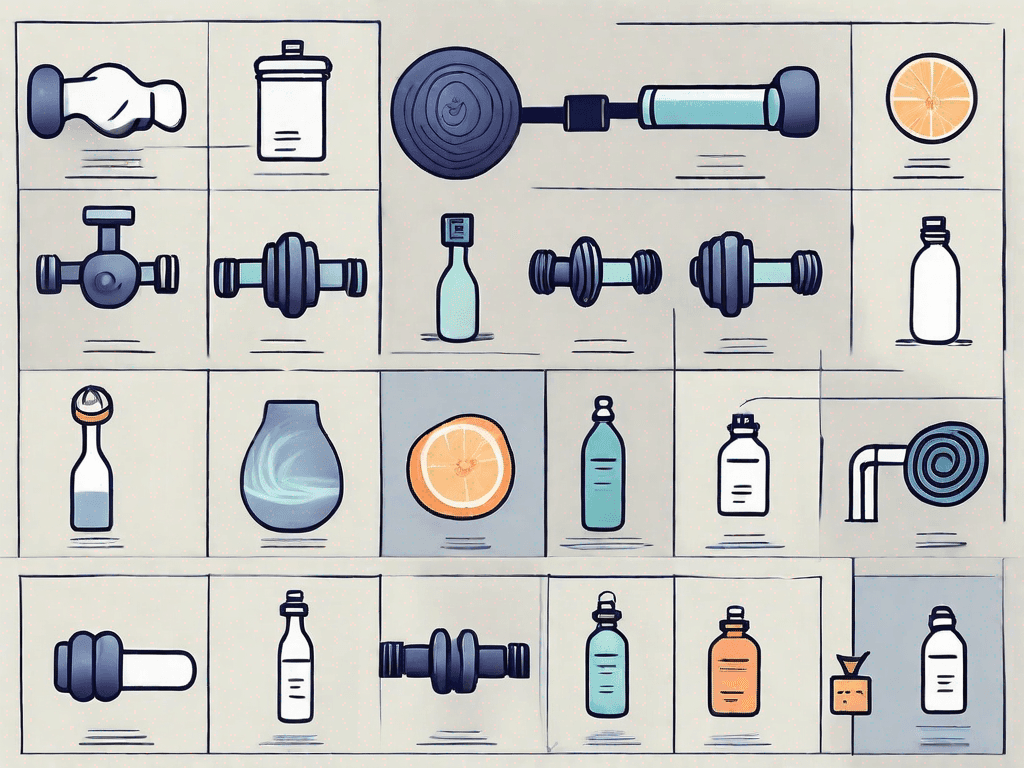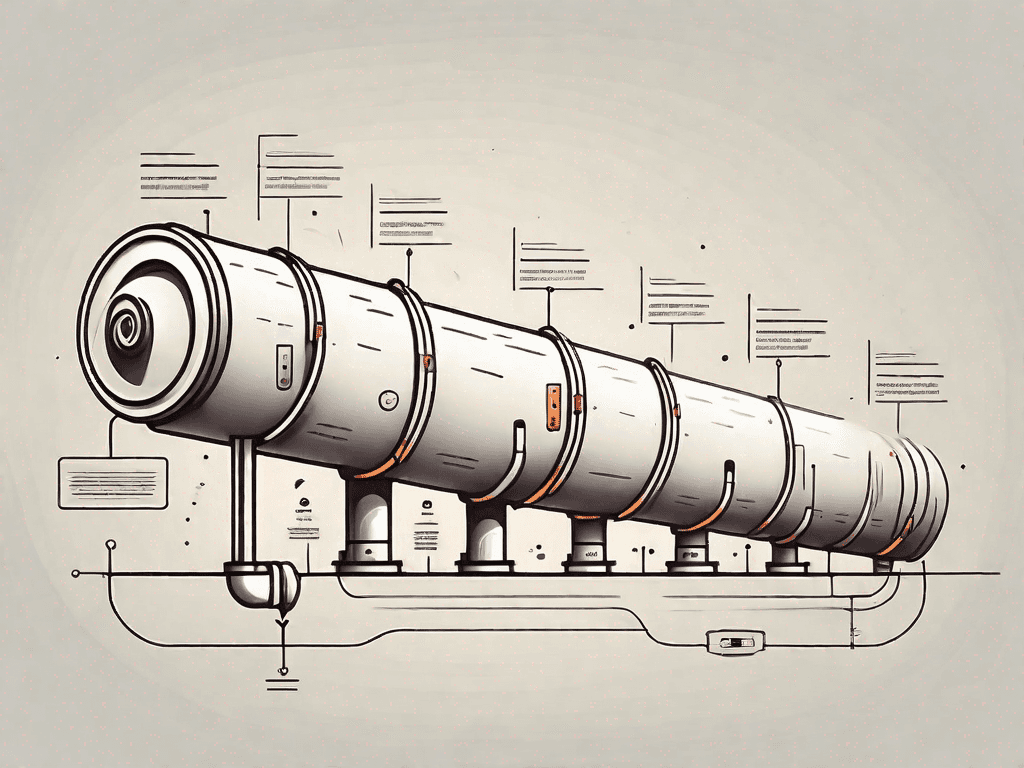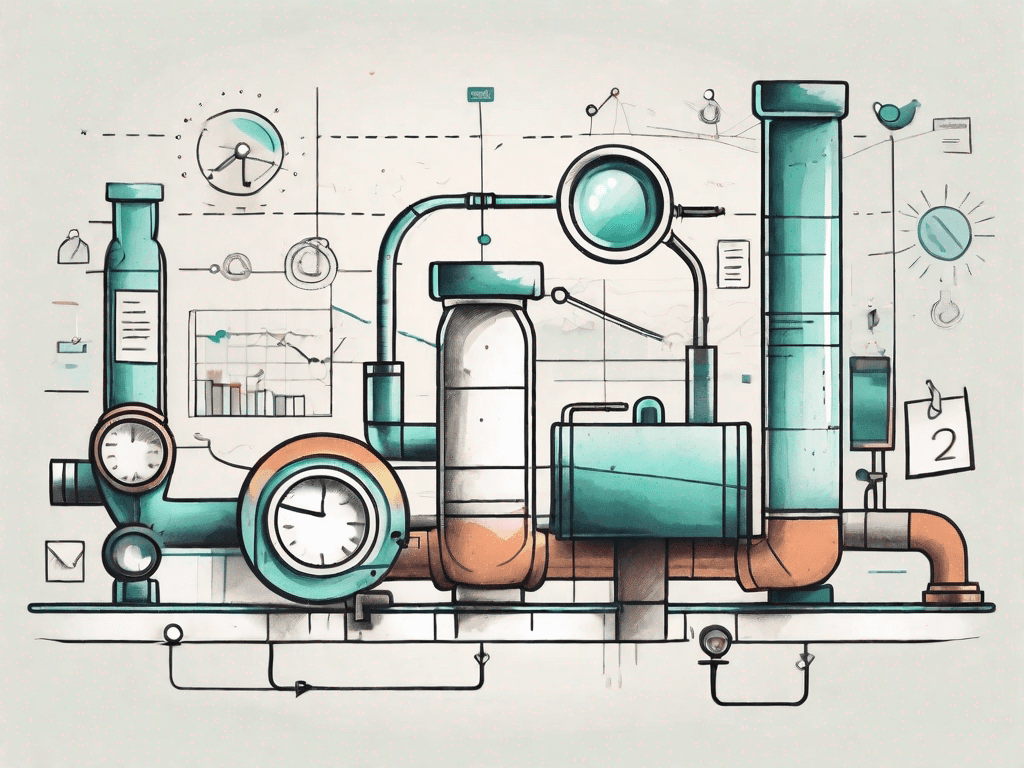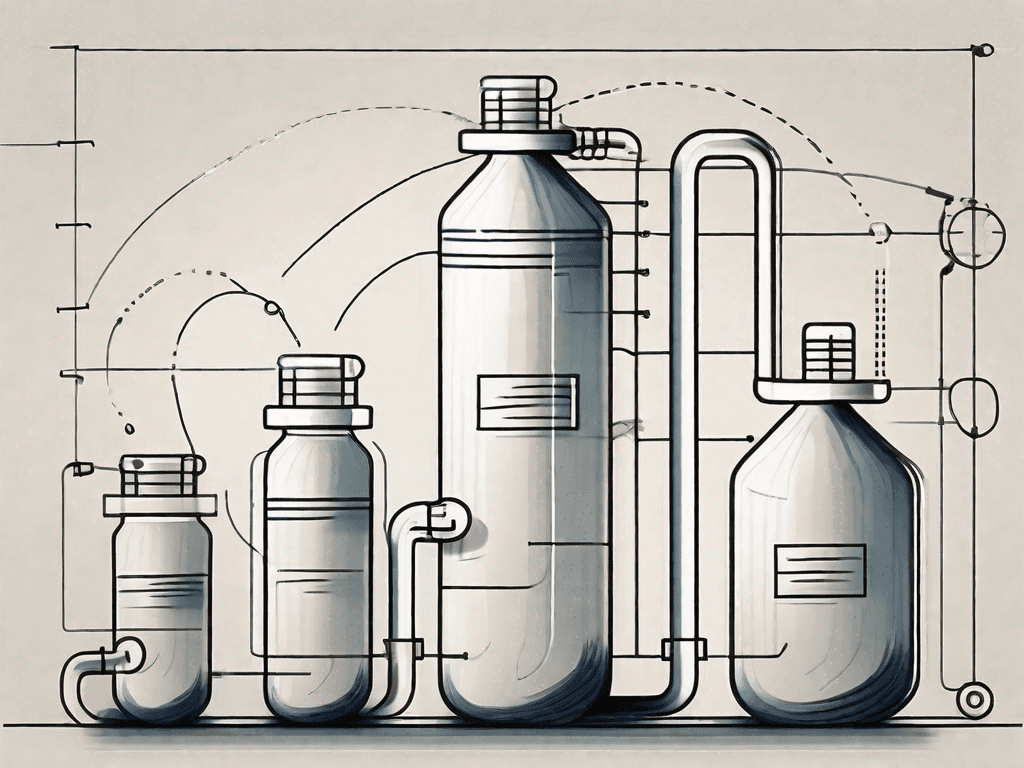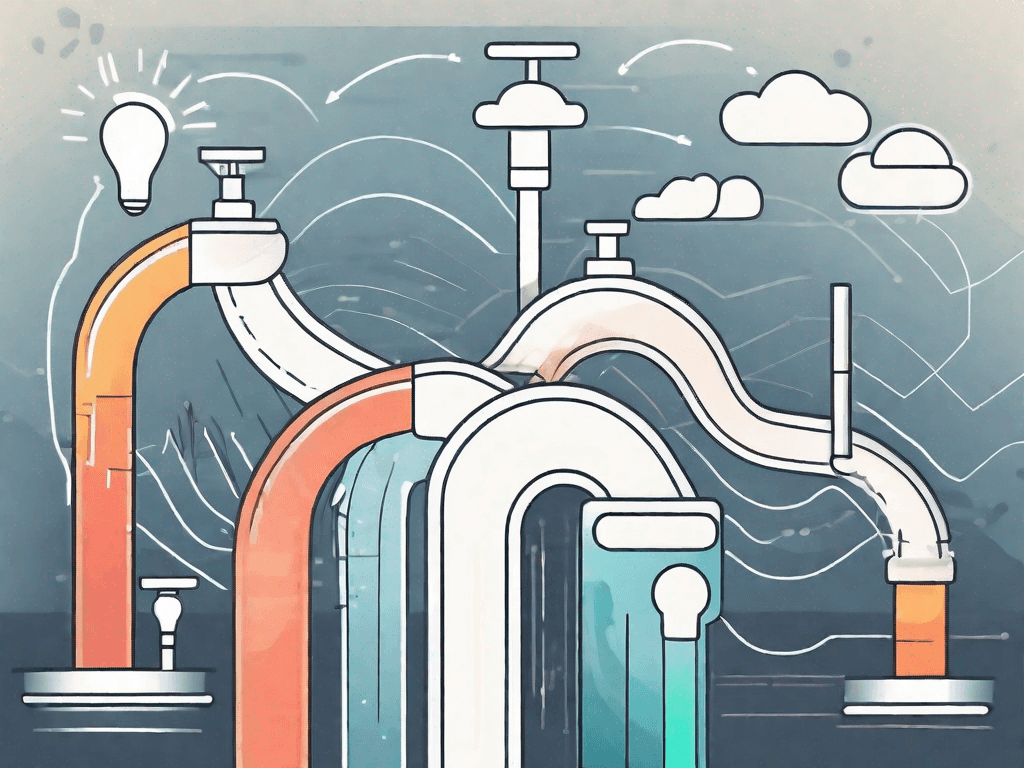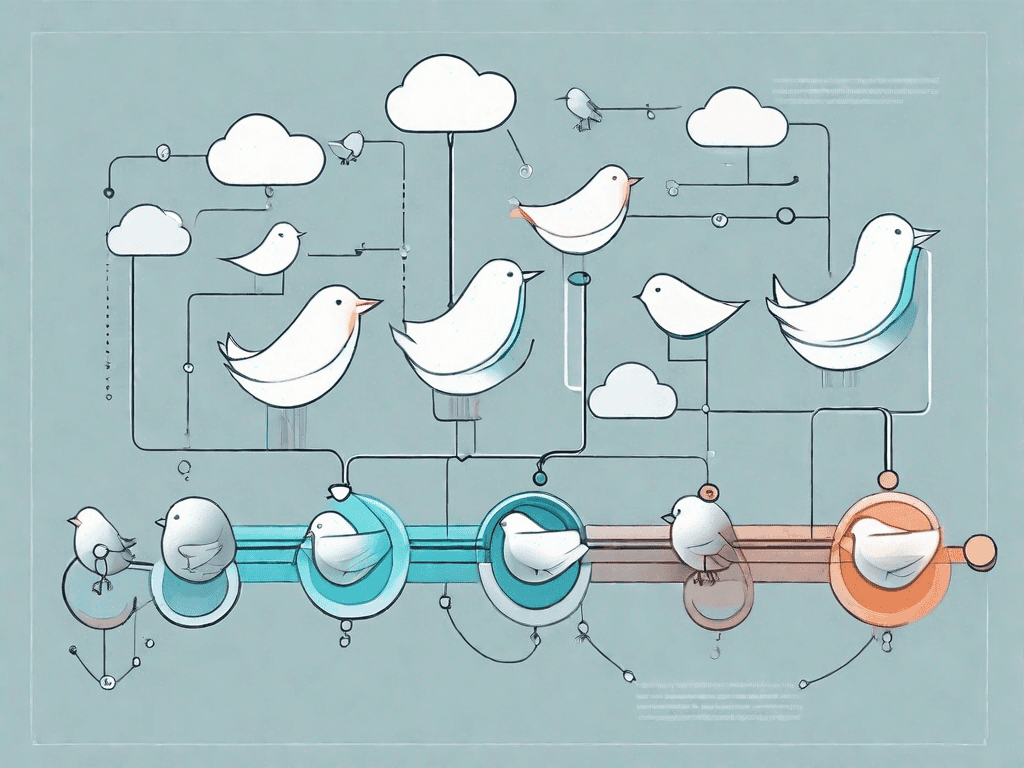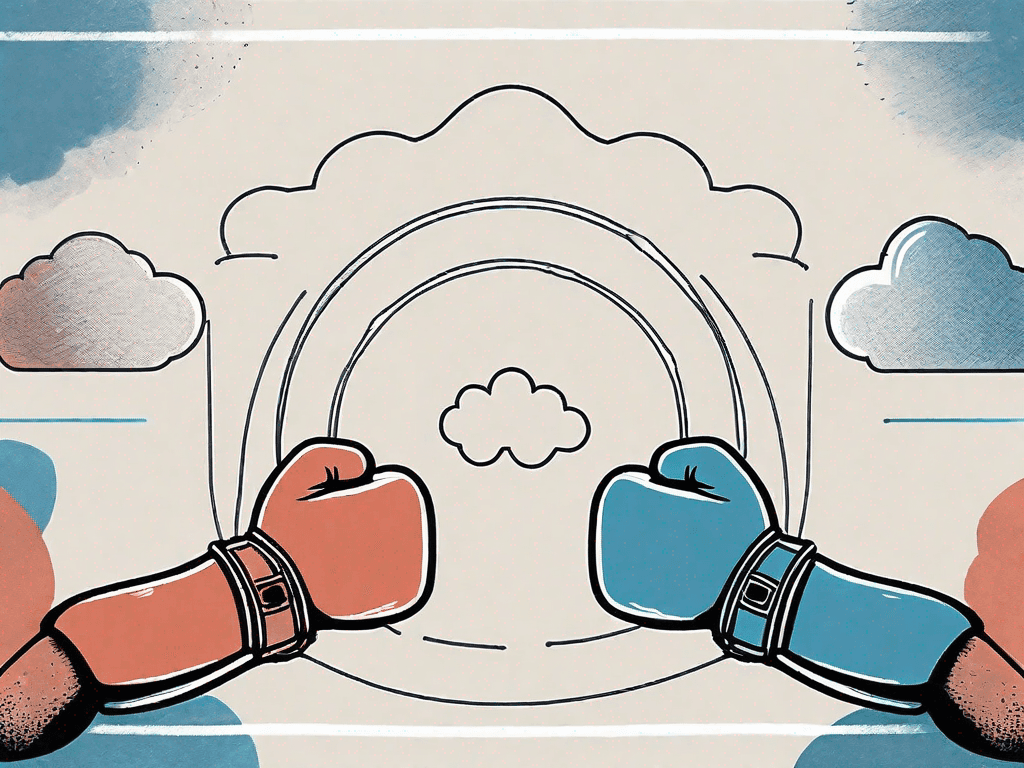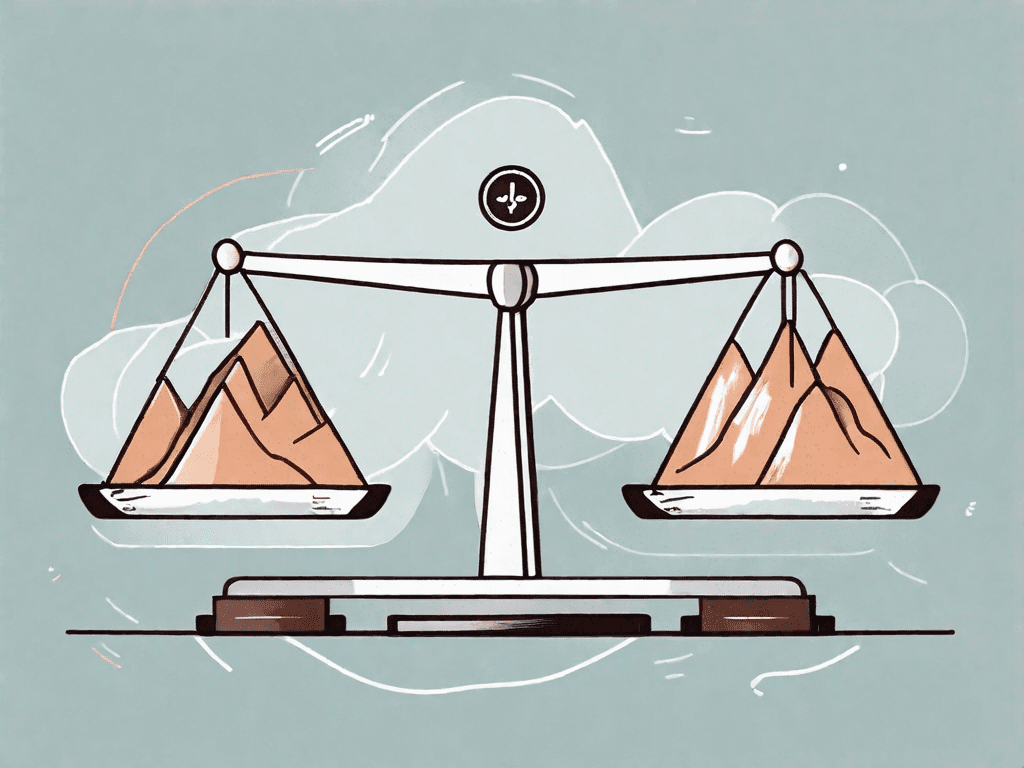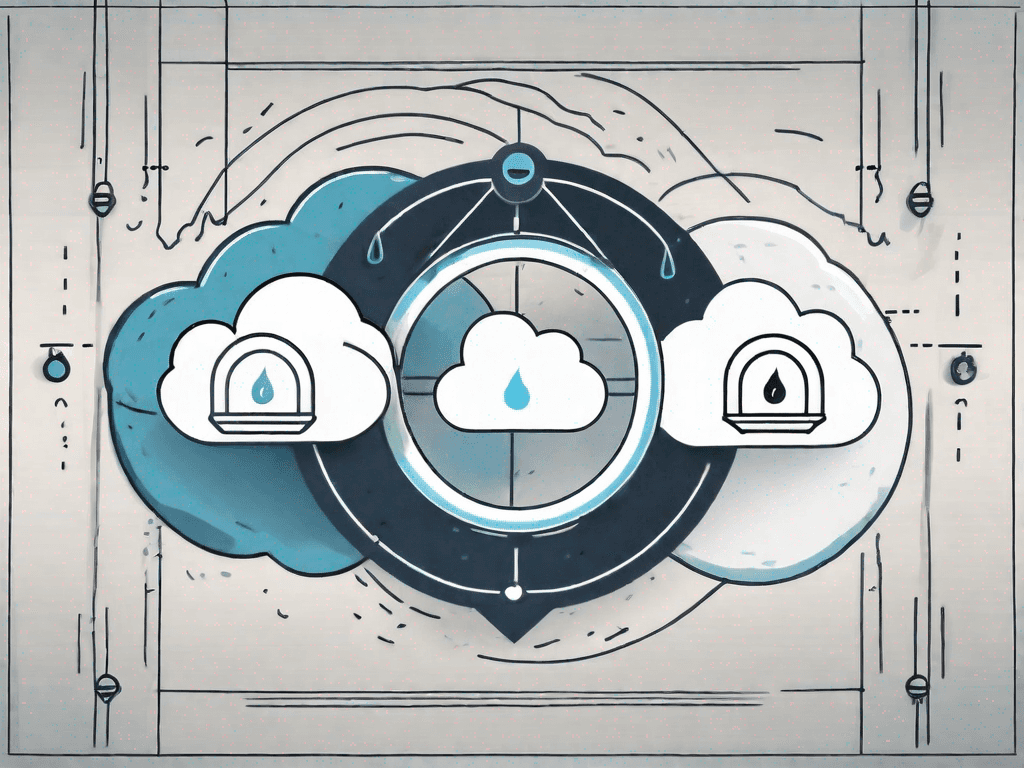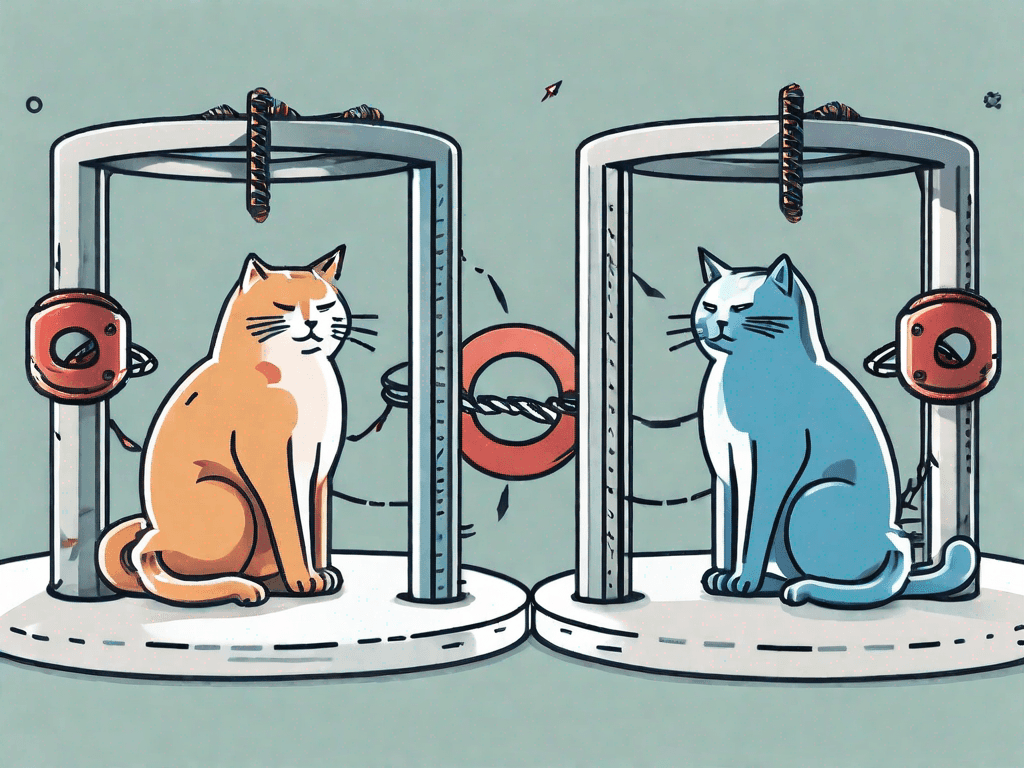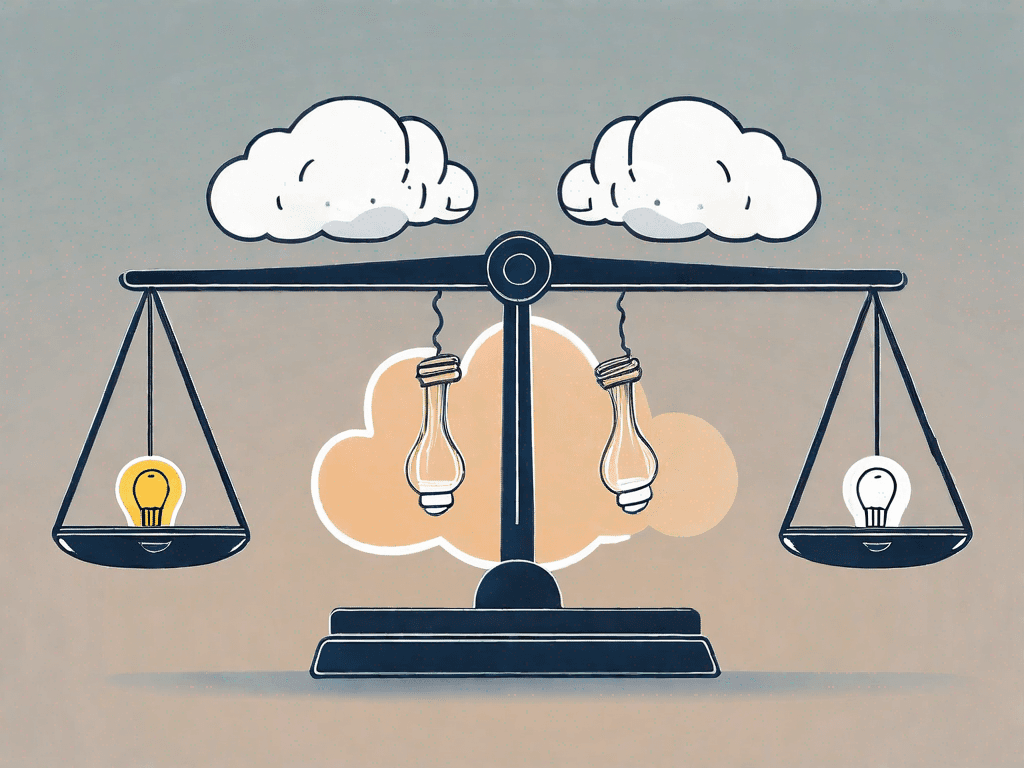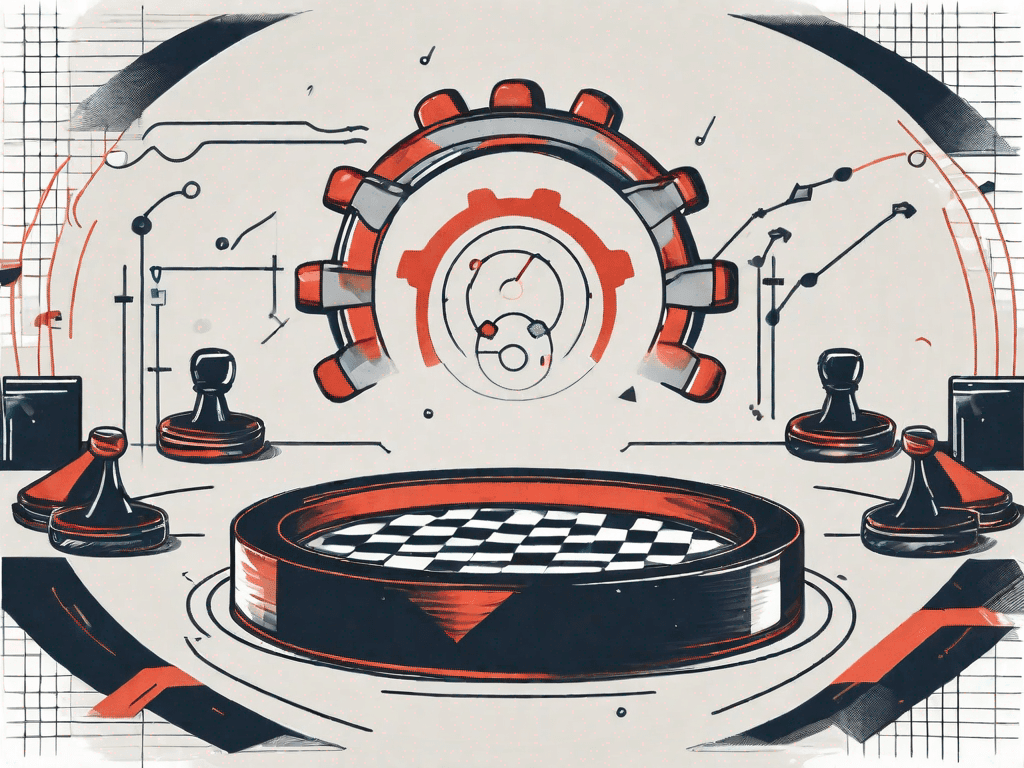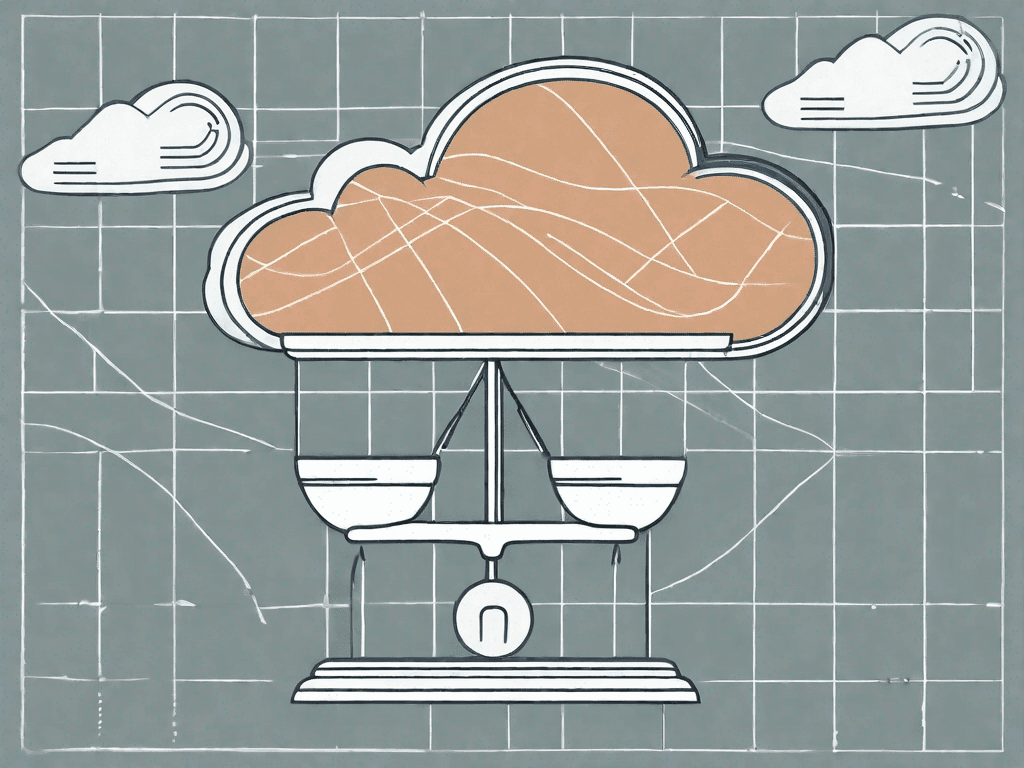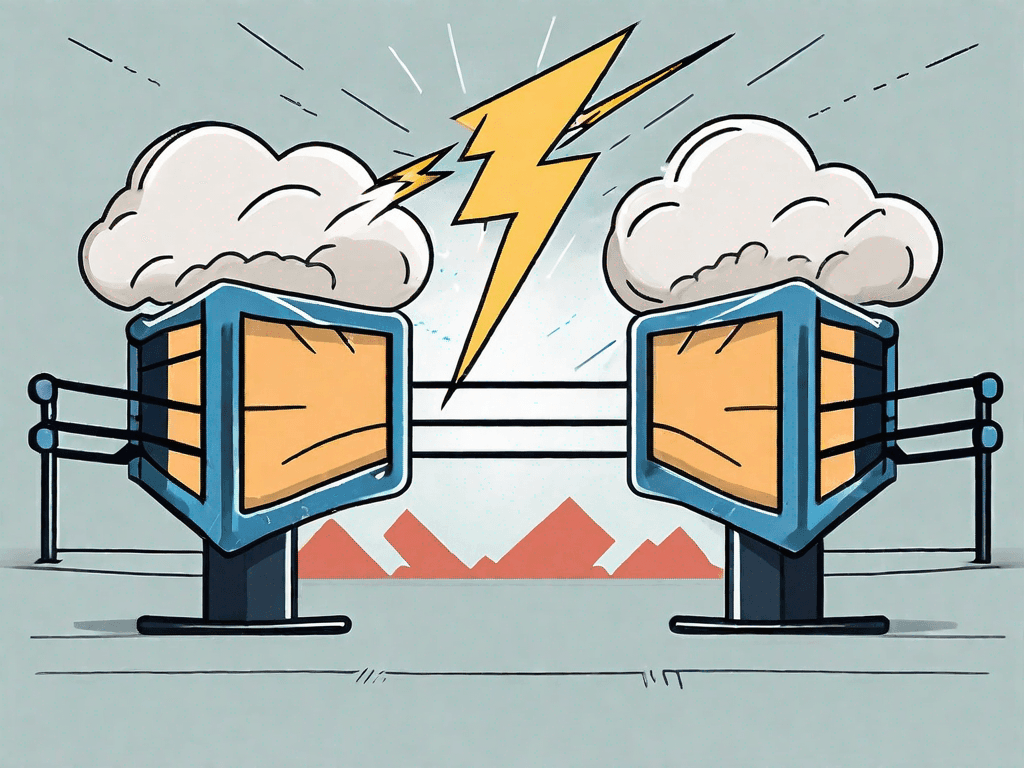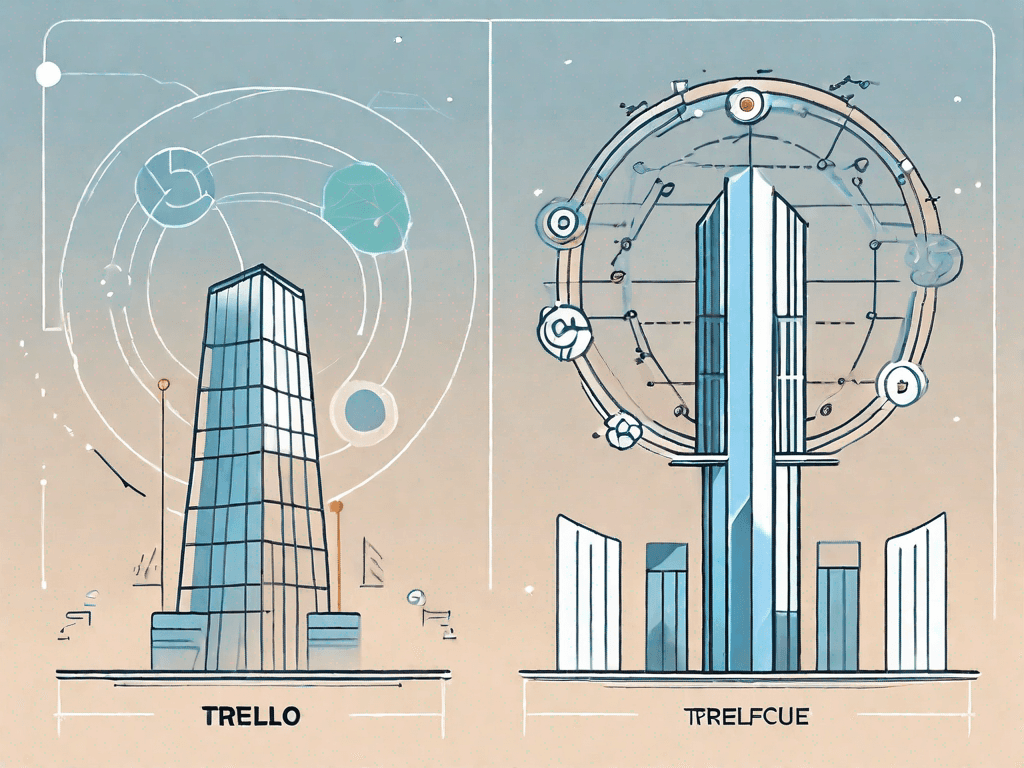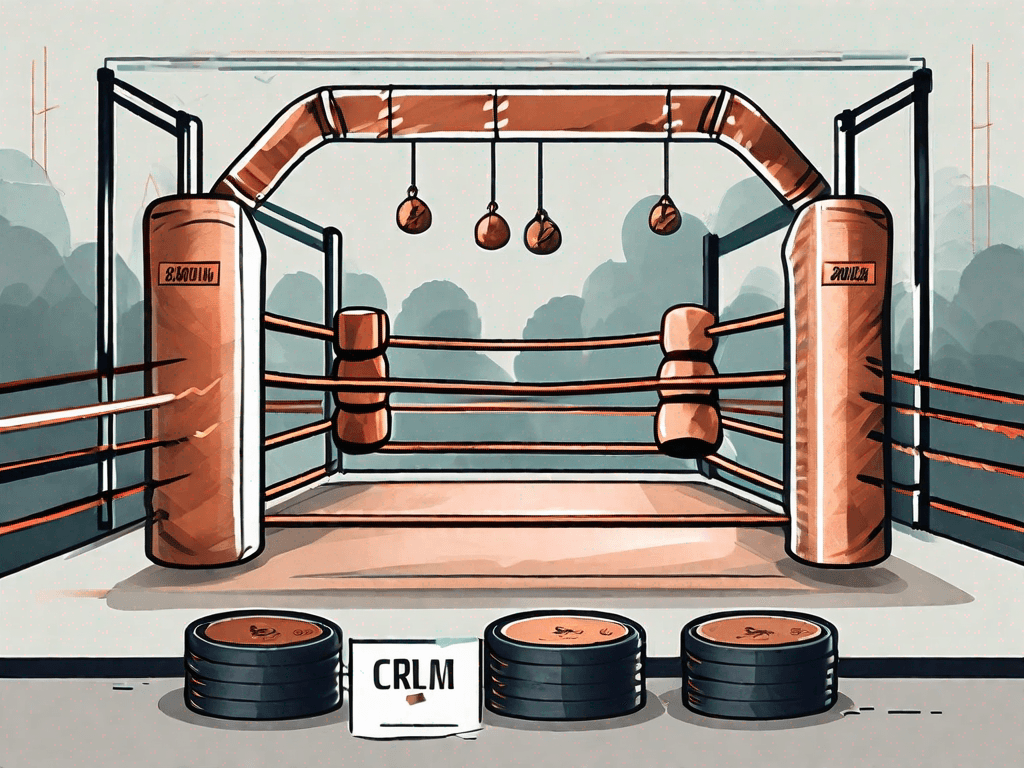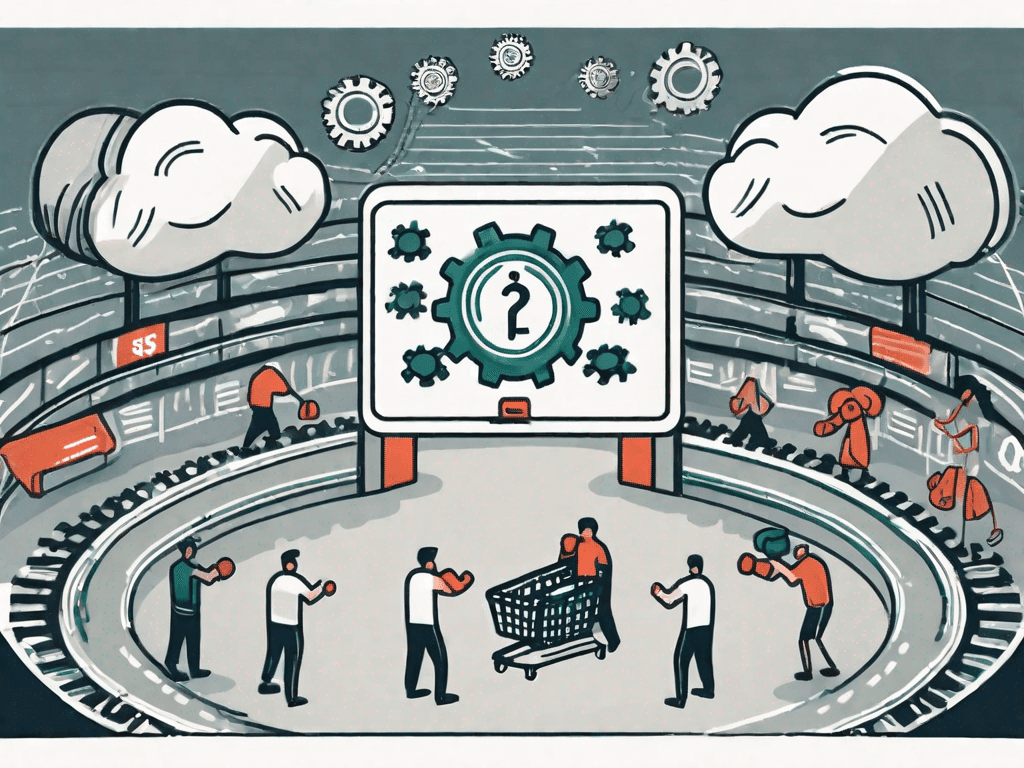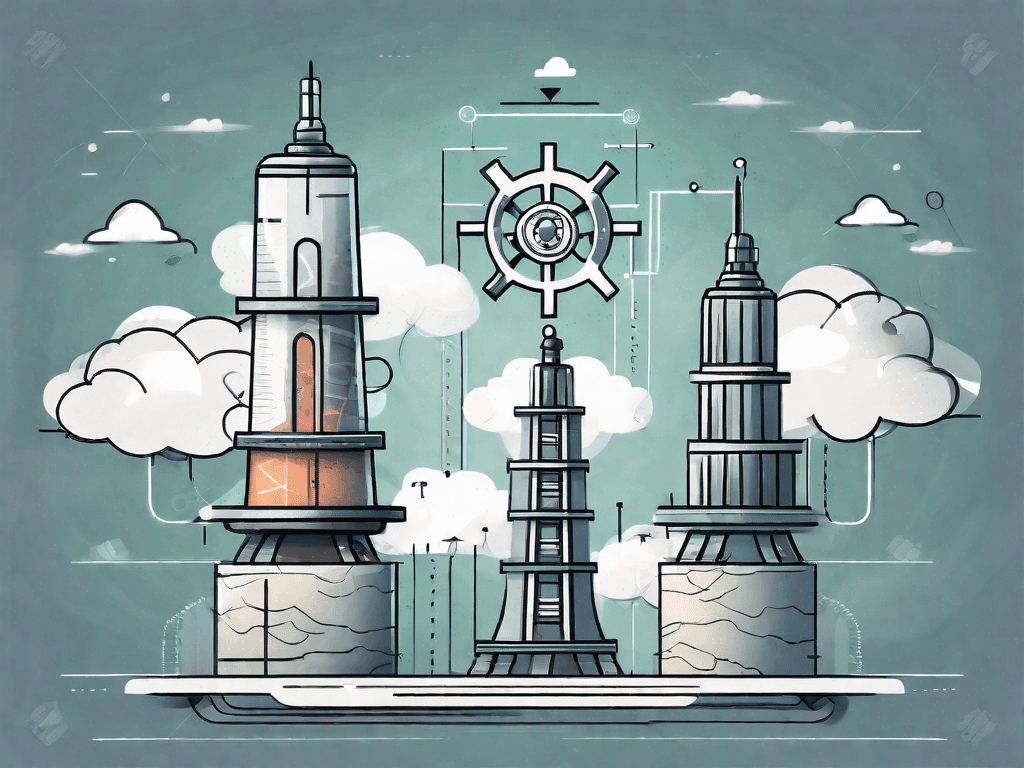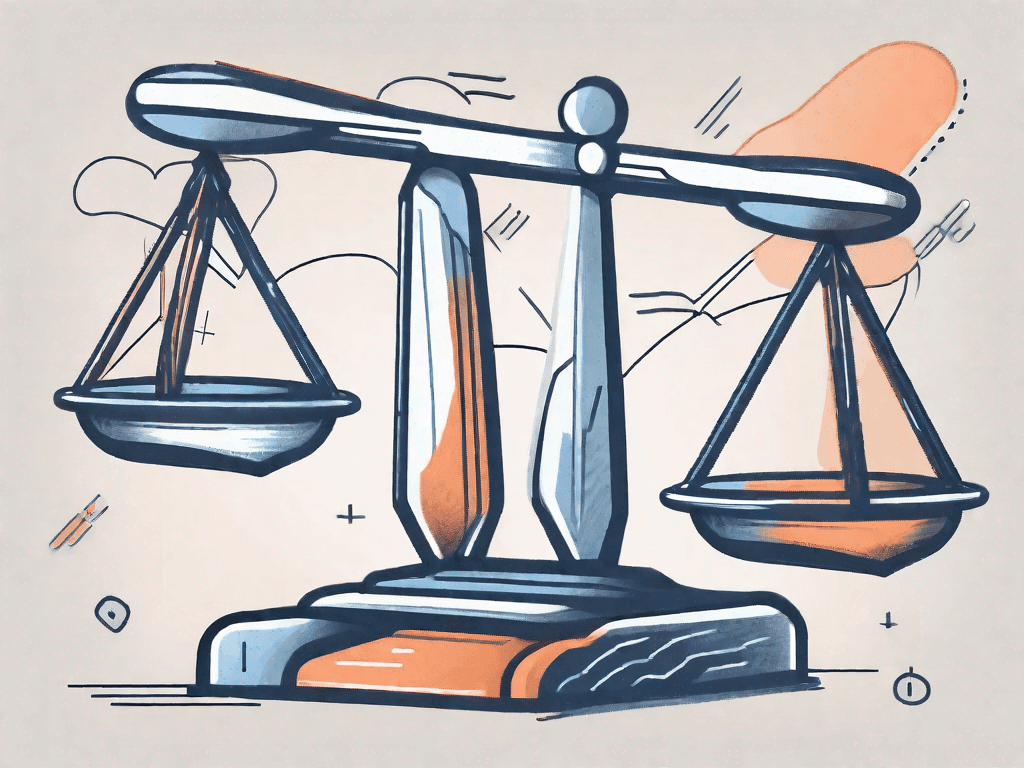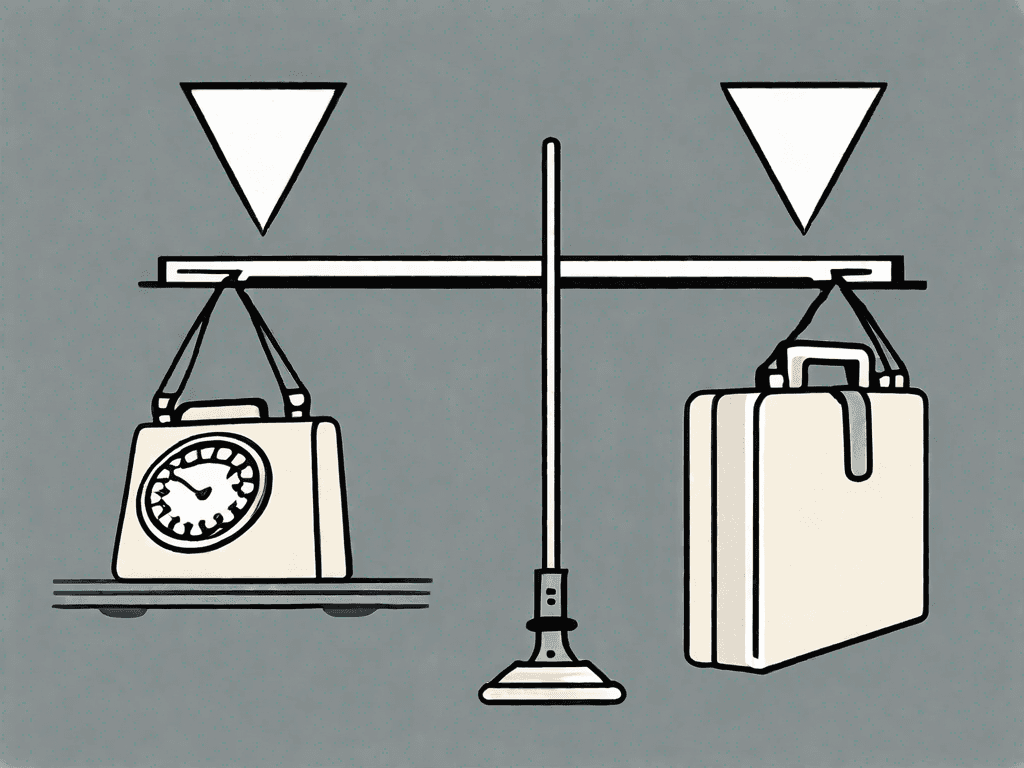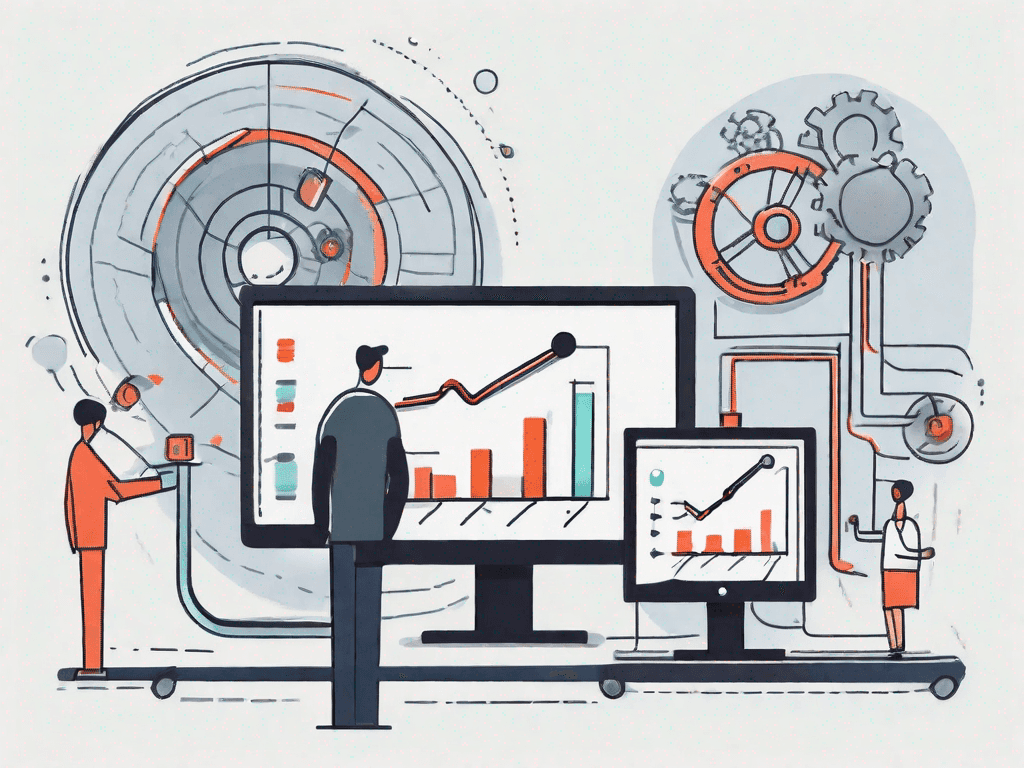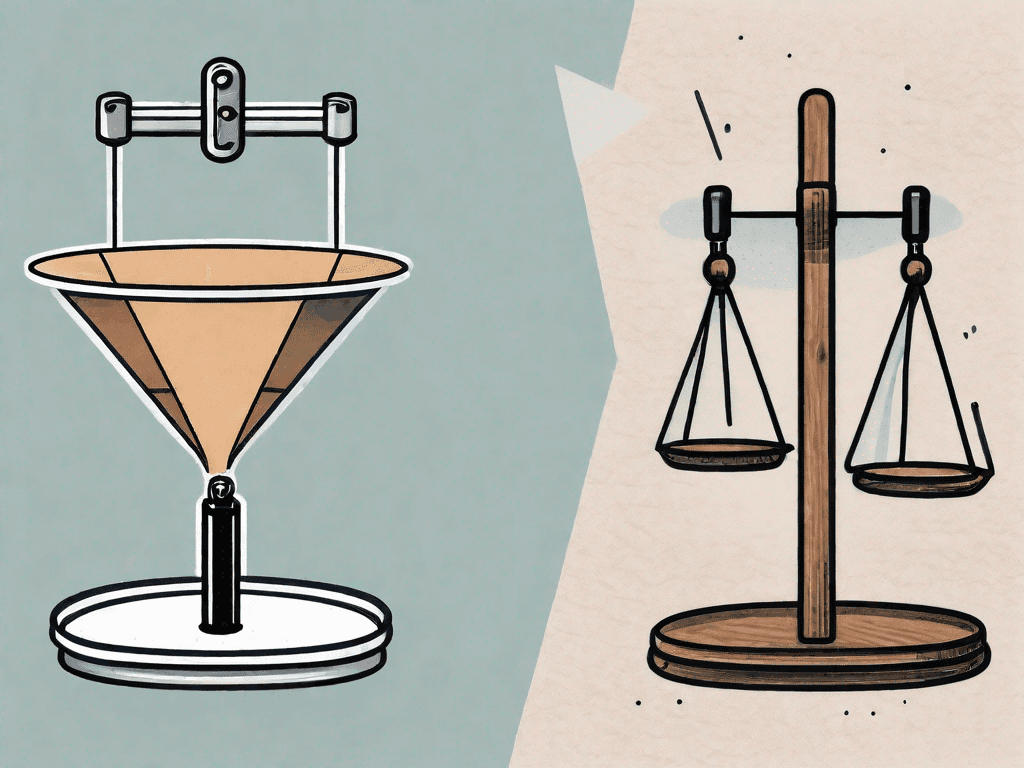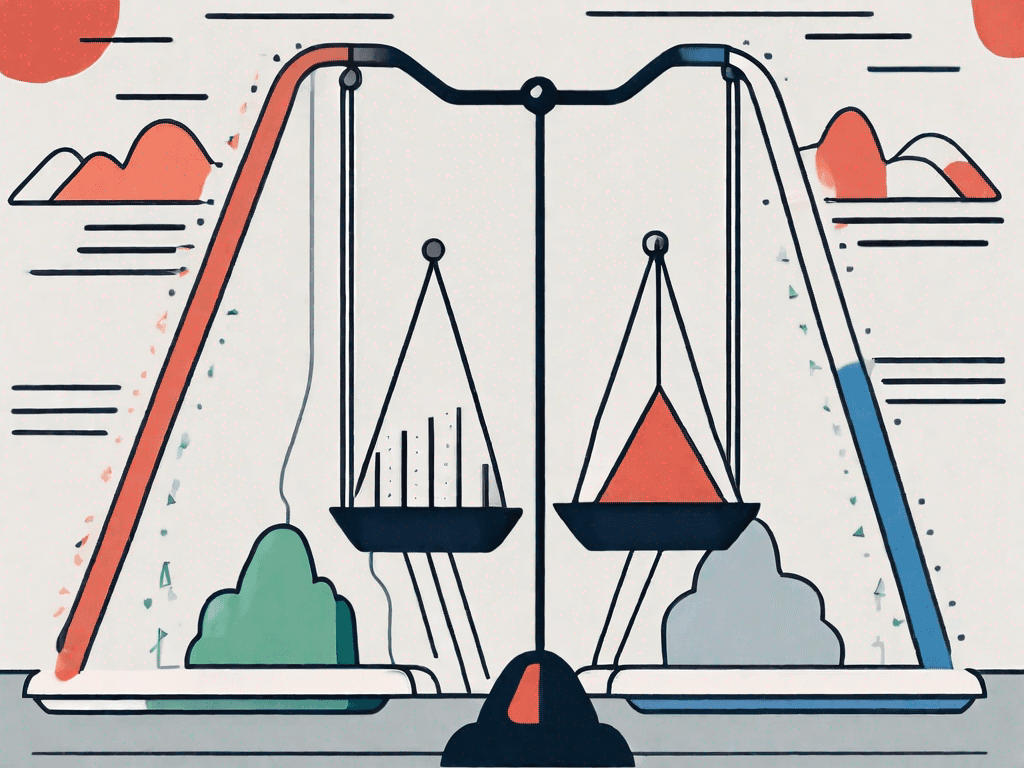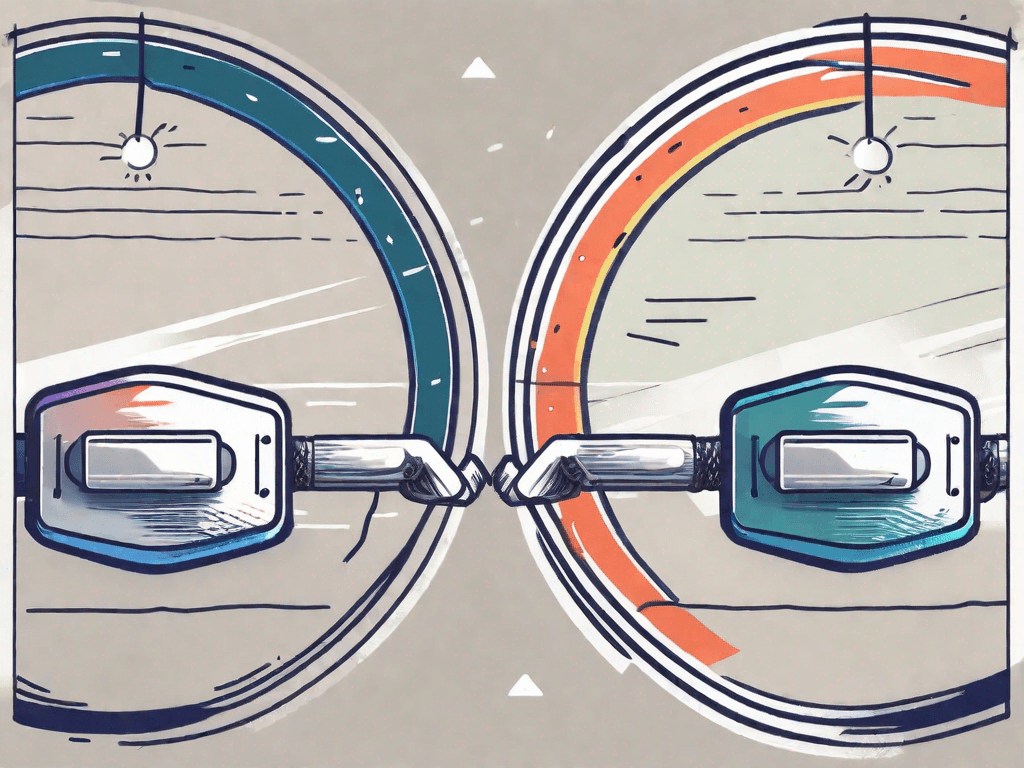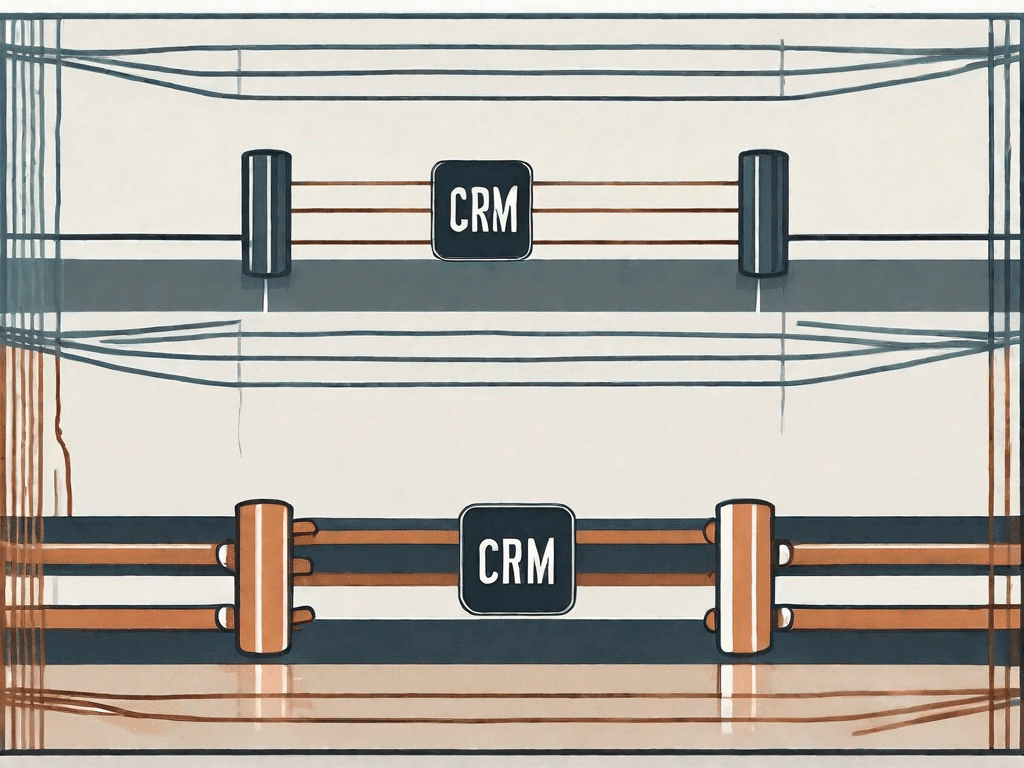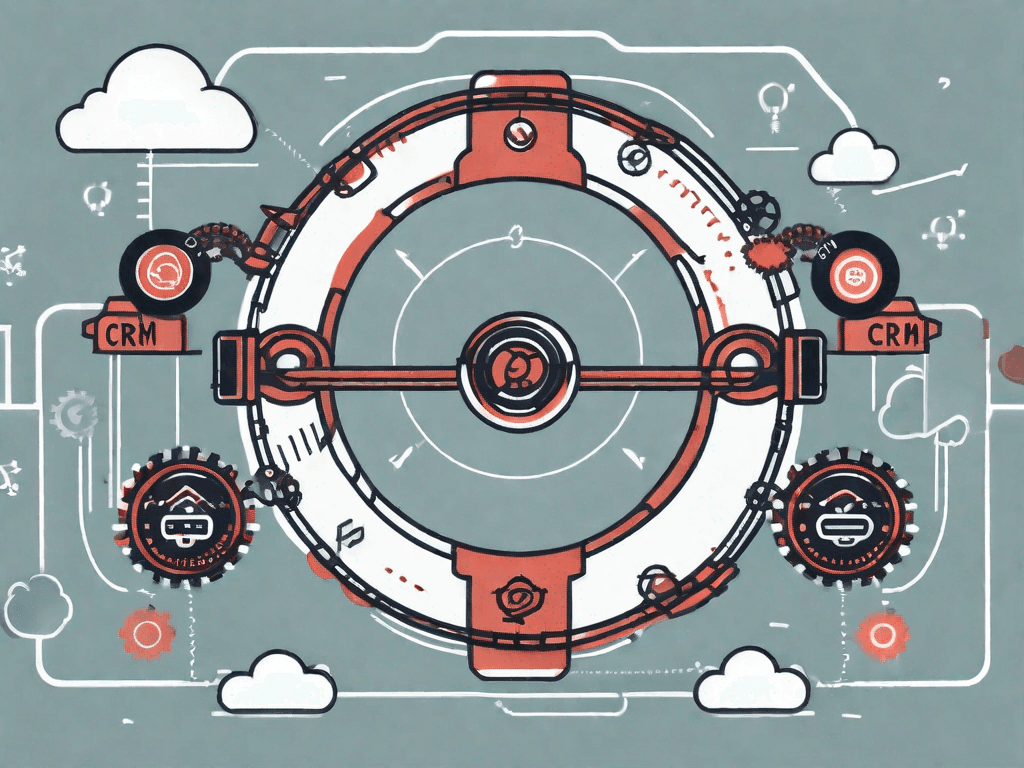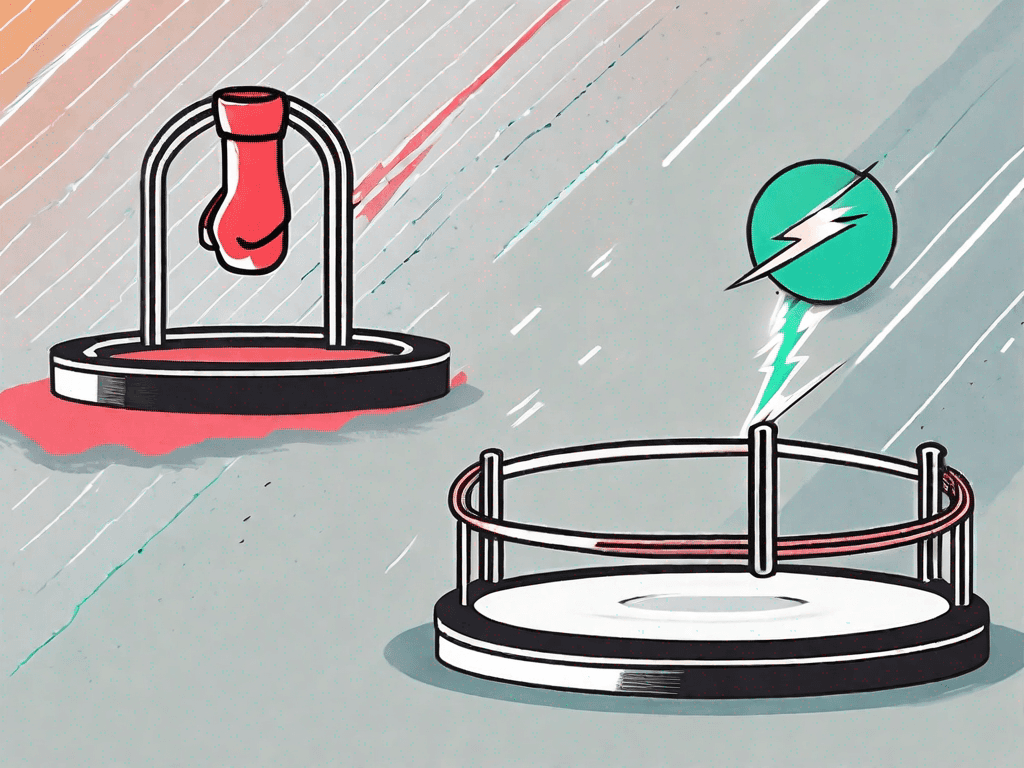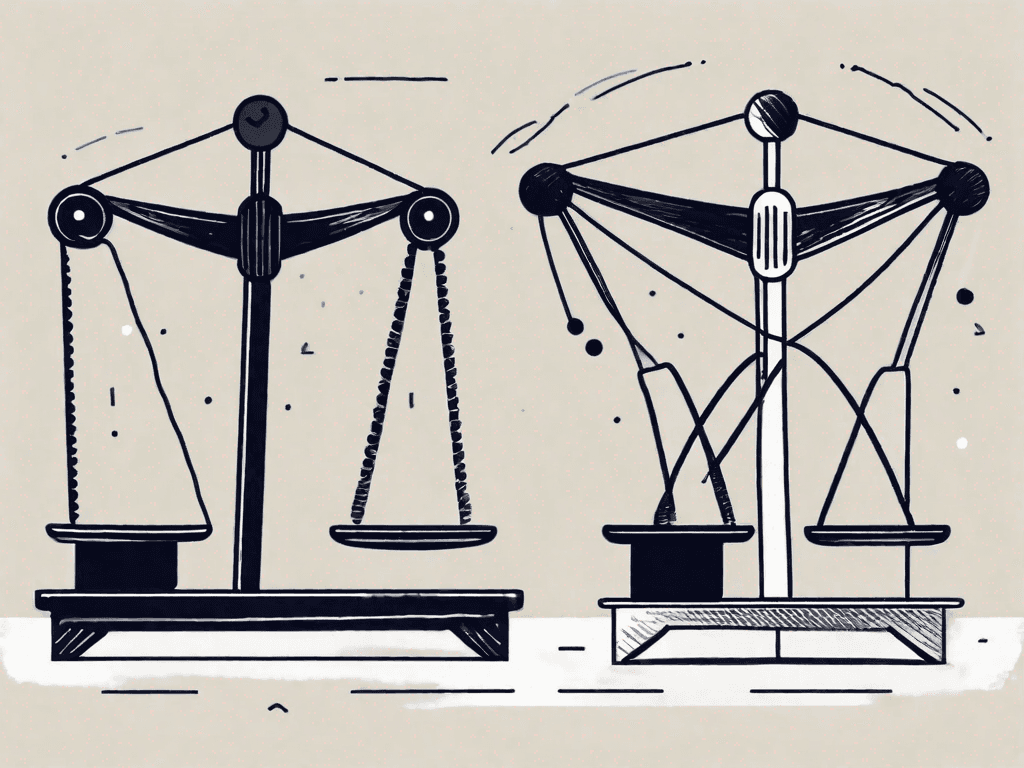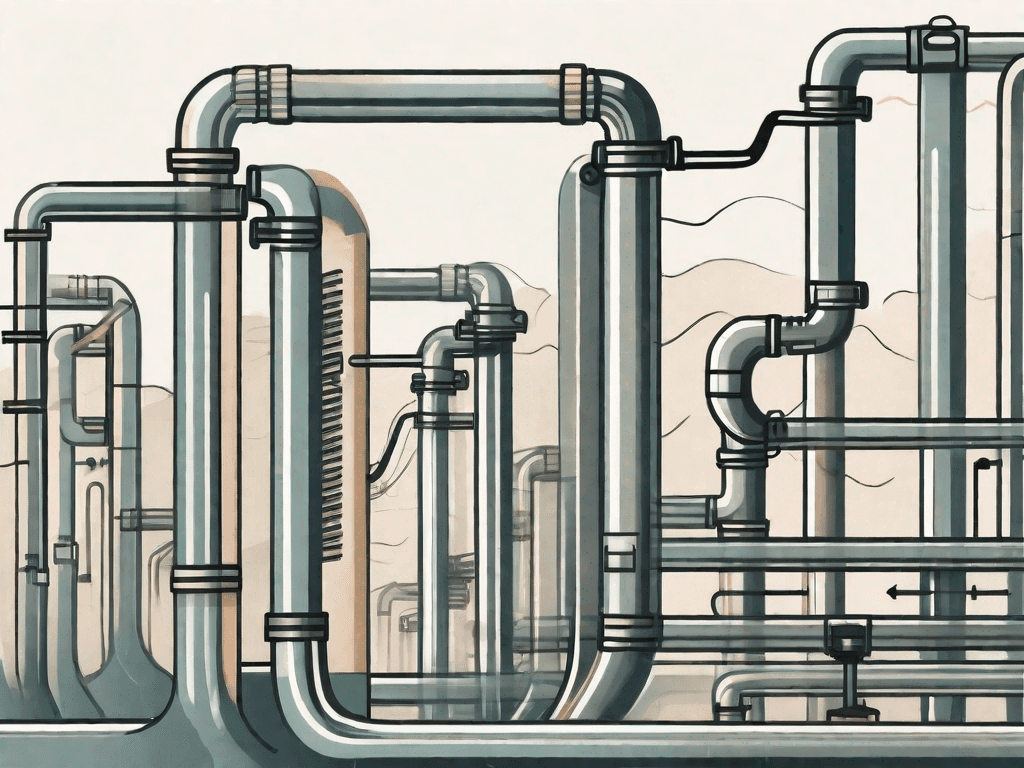
The Ideal Sales Pipeline Template for Sales
In today's highly competitive business landscape, having an efficient sales pipeline is essential for success. A sales pipeline serves as a visual representation of the entire sales process, from lead generation to closing the deal. It helps sales teams track their progress, identify bottlenecks, and make data-driven decisions to optimize their sales efforts.
The 7 Sales Pipeline Stages Sales Should Have
When it comes to building an effective sales pipeline, it is crucial to have clearly defined stages. These stages act as checkpoints and help salespeople understand where each potential customer stands in the sales process. Having a well-structured sales pipeline not only improves efficiency but also increases the chances of closing deals successfully. Here are the seven sales pipeline stages that every sales team should have:
Lead GenerationLead Generation is the first stage of the sales pipeline. It is the process of identifying potential leads and reaching out to them. Sales teams employ various strategies to generate leads, such as cold calling, email marketing, social media outreach, and attending industry events. The goal is to capture the attention of potential customers and initiate the sales process.
Lead QualificationOnce leads are generated, the next stage involves evaluating their potential and determining if they are a good fit for your product or service. Lead Qualification is crucial to ensure that sales teams focus their efforts on leads that are most likely to convert into customers. This stage may involve conducting surveys, qualifying questions, or analyzing lead behavior to gauge their level of interest and readiness to make a purchase.
Needs AnalysisAt this stage, salespeople delve deeper into understanding the customer's pain points and requirements to tailor their pitch accordingly. Needs Analysis involves conducting thorough research and gathering information about the customer's business, challenges, and goals. By understanding the customer's needs, salespeople can position their product or service as the ideal solution.
Solution PresentationSalespeople present their product or service as the solution to the customer's pain points, highlighting its unique features and benefits. Solution Presentation is a critical stage where sales teams showcase how their offering can address the customer's specific needs and provide value. This stage often involves creating customized presentations, product demonstrations, or providing case studies to demonstrate the effectiveness of the solution.
NegotiationThis stage involves negotiating the terms of the sale, such as pricing, contract duration, and any additional requirements. Negotiation requires effective communication and the ability to find a mutually beneficial agreement. Salespeople aim to address any concerns or objections the customer may have and find common ground to move forward with the deal.
ClosingOnce the negotiations are complete, salespeople aim to get the customer's final agreement and close the deal. Closing is the culmination of the sales process, where all the efforts and strategies come together. Sales teams may use various closing techniques, such as trial closes, assumptive closes, or creating a sense of urgency, to encourage the customer to make a buying decision.
Post-Sale SupportAfter closing the deal, sales teams provide ongoing support to ensure customer satisfaction and foster long-term relationships. Post-Sale Support is crucial for customer retention and can lead to additional upselling or cross-selling opportunities. Salespeople may offer training, implementation assistance, or regular check-ins to address any concerns and maintain a positive relationship with the customer.
Example of the Customer Journey in a Sales Pipeline for Sales Step-by-Step
To better illustrate how a sales pipeline works, let's walk through an example of the customer journey in a sales pipeline step-by-step:
The potential customer becomes aware of your product or service through marketing efforts or referrals.
Imagine a scenario where a potential customer is scrolling through their social media feed and comes across an eye-catching advertisement for your product. Intrigued, they click on the ad and are directed to your website. This is their first introduction to your brand, and they start to become aware of the value you offer.
Your sales team reaches out to the lead and qualifies them to determine if they have a genuine need for your offering.
Once the potential customer expresses interest by filling out a contact form on your website, your sales team swings into action. They reach out to the lead, either through a phone call or an email, to initiate a conversation. During this qualification process, the sales team aims to understand the lead's pain points and assess if your product or service aligns with their needs.
During the needs analysis stage, the sales team uncovers the pain points and specific requirements of the lead.
Through active listening and probing questions, your sales team dives deep into the lead's pain points and specific requirements. They aim to understand the challenges the lead is facing and how your product or service can provide a solution. This stage involves thorough research and analysis to ensure that the proposed solution is tailored to the lead's unique situation.
The sales team presents a compelling solution that addresses the lead's pain points effectively.
Armed with a comprehensive understanding of the lead's needs, your sales team crafts a compelling solution. They create a customized proposal or presentation that highlights how your product or service can effectively address the lead's pain points. This stage is crucial in showcasing the value and benefits of choosing your offering over competitors.
The negotiation stage ensues, where the sales team and lead discuss pricing, contract terms, and any other details.
Once the lead expresses interest in moving forward, the negotiation stage begins. Your sales team works closely with the lead to discuss pricing, contract terms, and any other relevant details. This stage requires effective communication and negotiation skills to ensure that both parties reach a mutually beneficial agreement.
The sales team successfully closes the deal, and both parties reach a mutual agreement.
After thorough discussions and negotiations, the sales team successfully closes the deal. The lead agrees to purchase your product or service, and both parties reach a mutual agreement. This stage marks a significant milestone in the sales pipeline, as it signifies the conversion of a lead into a paying customer.
After the sale, the sales team ensures that the customer receives the necessary support to achieve their desired outcomes.
Once the deal is closed, your sales team's job is not yet complete. They shift their focus to providing exceptional customer support to ensure that the customer achieves their desired outcomes. This may involve onboarding sessions, training programs, or ongoing assistance to help the customer maximize the value they receive from your product or service.
The potential customer becomes aware of your product or service through marketing efforts or referrals.
Your sales team reaches out to the lead and qualifies them to determine if they have a genuine need for your offering.
During the needs analysis stage, the sales team uncovers the pain points and specific requirements of the lead.
The sales team presents a compelling solution that addresses the lead's pain points effectively.
The negotiation stage ensues, where the sales team and lead discuss pricing, contract terms, and any other details.
The sales team successfully closes the deal, and both parties reach a mutual agreement.
After the sale, the sales team ensures that the customer receives the necessary support to achieve their desired outcomes.
Why Sales needs this Sales Pipeline Template?
Implementing a sales pipeline template offers numerous benefits for sales teams. Let's explore some of the reasons why every sales team should adopt this tool:
1. You'll save time closing deals in sales.
A well-defined sales pipeline allows salespeople to track prospects' progress efficiently, enabling them to focus their efforts on leads that are most likely to convert. By identifying and addressing potential bottlenecks, sales teams can streamline the sales process and close deals faster. This not only saves valuable time but also improves overall productivity.
2. You'll grow revenues faster by closing more sales deals.
With an optimized sales pipeline, sales teams can identify high-potential leads and prioritize their sales activities accordingly. By allocating resources strategically, salespeople can improve their conversion rates and generate more revenue for the organization. The pipeline acts as a roadmap, guiding sales teams to consistently make progress and close more sales deals.
To conclude, having an ideal sales pipeline template is crucial for sales teams aiming to enhance their efficiency and drive better results. By implementing a well-structured pipeline and consistently refining it based on real-time data, sales teams can streamline their processes, save time, and increase revenue generation. So why wait? Start building your ideal sales pipeline today and take your sales efforts to new heights!



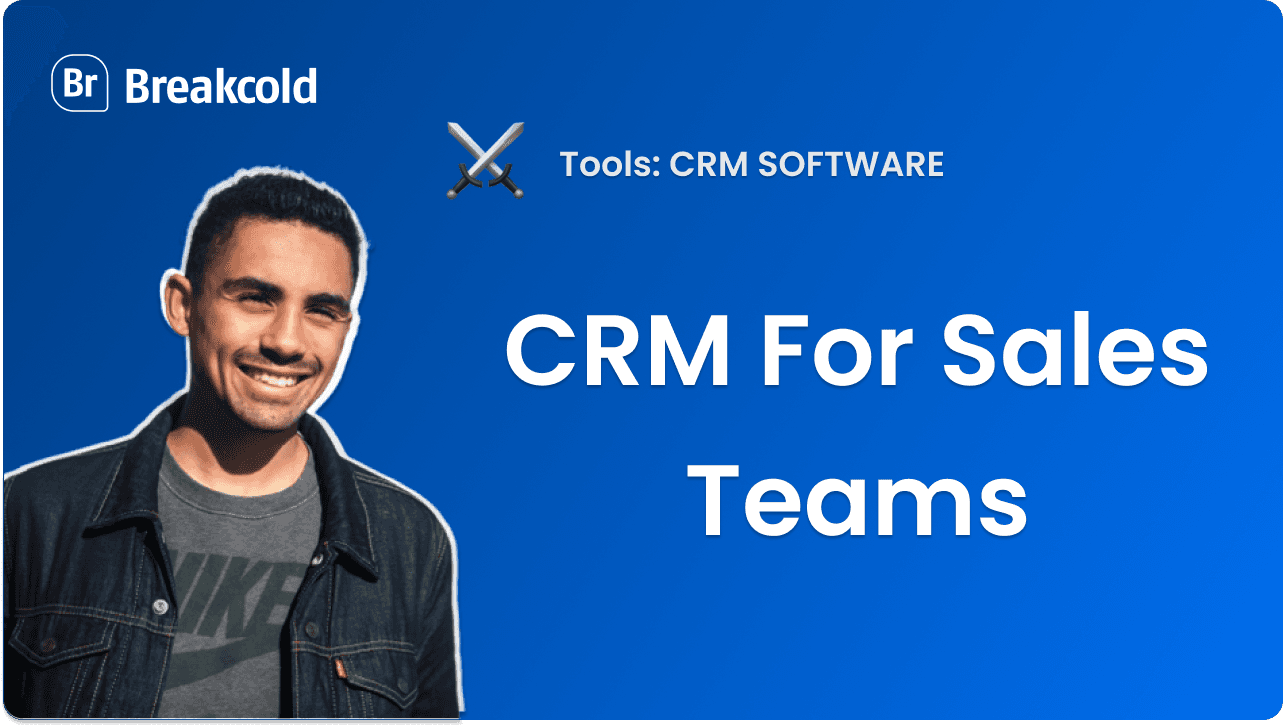
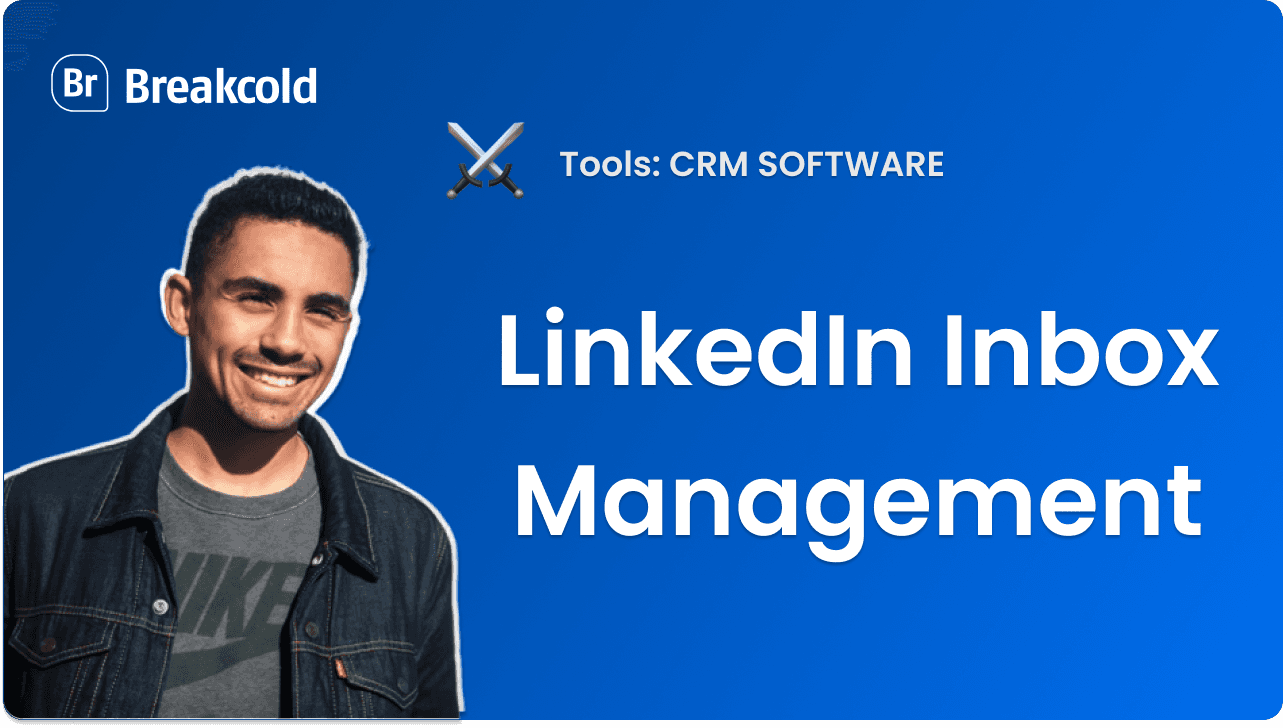



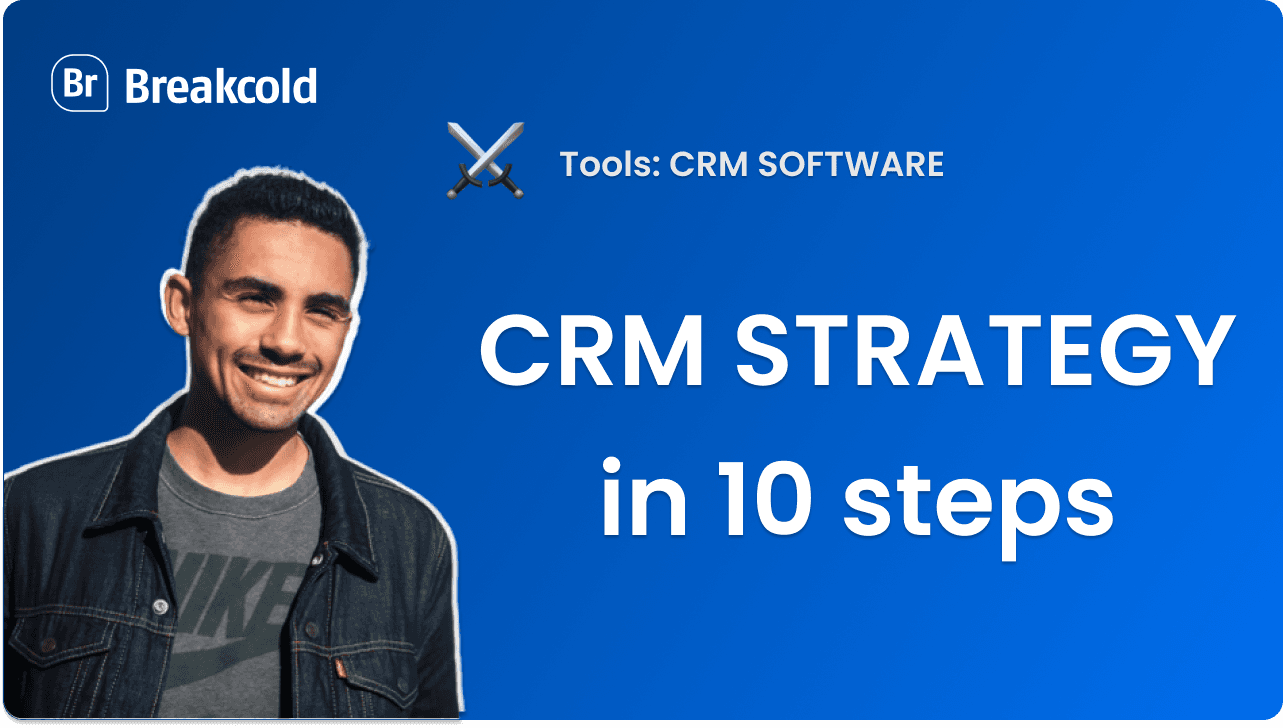
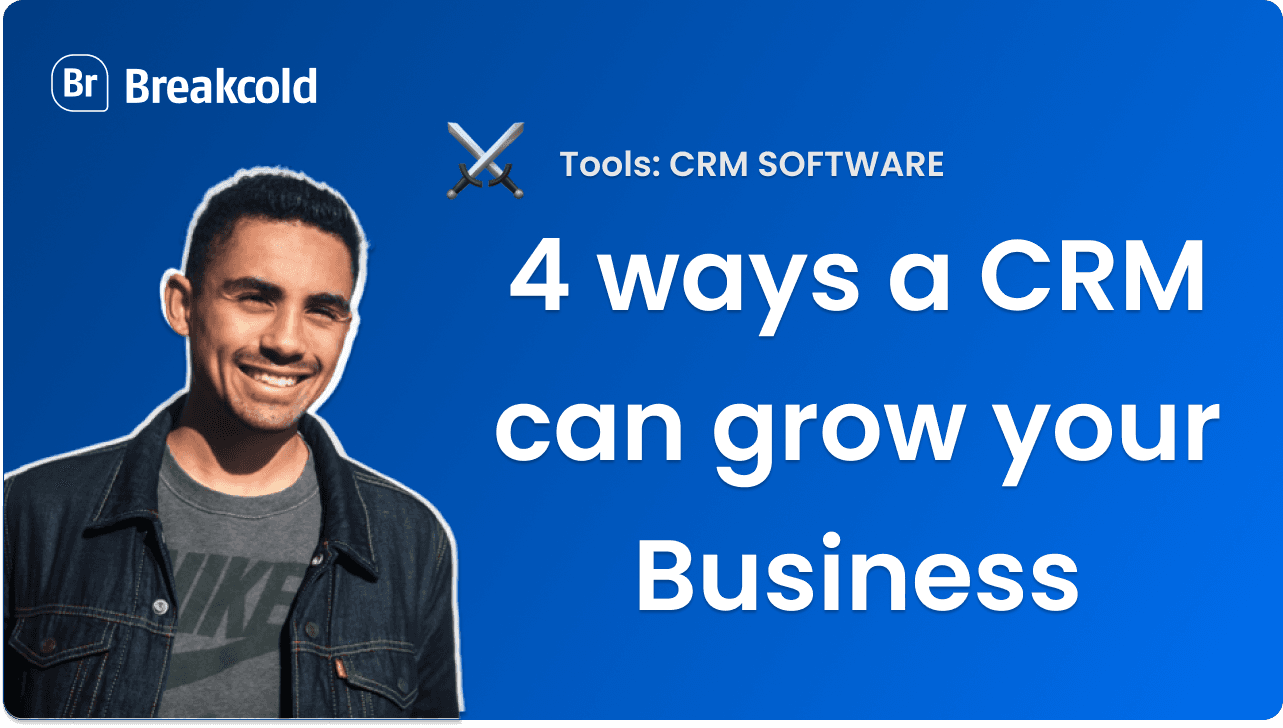

![The 8 Best Social CRM Software in 2025 [Comparison]](https://framerusercontent.com/images/RYHyYapdgIi83BEWtMdX418.png)
![The 6 Best LinkedIn CRM in 2025 [Comparison]](https://framerusercontent.com/images/Luywfni7ZKjb19yghbhNPy4I4qQ.png)



![The 5 Best Twitter CRM [Comparison]](https://framerusercontent.com/images/EWcbvYnVZglJLO8jp3OlHkTvsHo.png)

